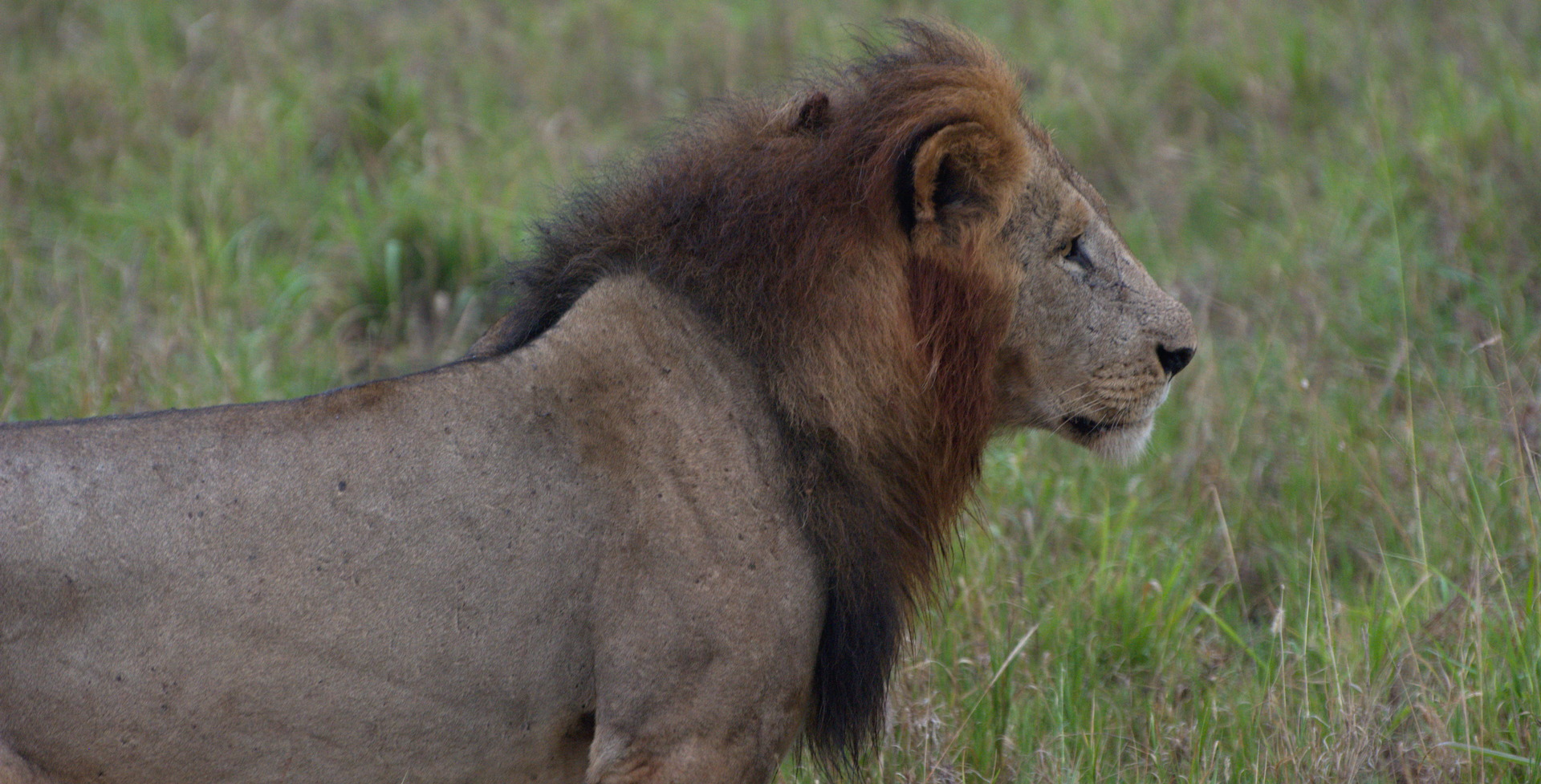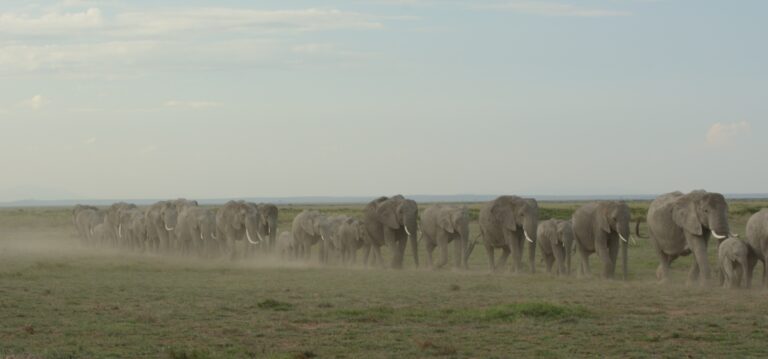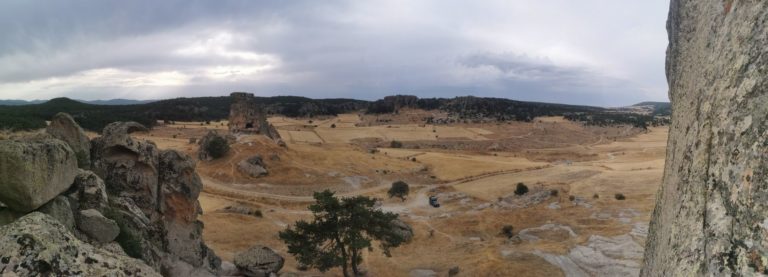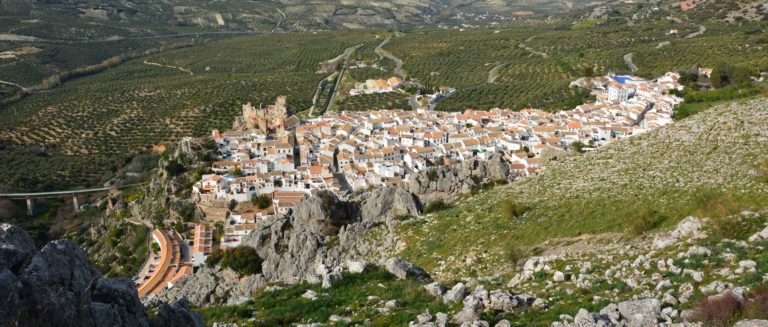While in Tanzania we made many plans for our next destination. We dearly hoped to visit South Africa next and already thought about different routes and where we could meet up with Thierry’s parents. Unfortunately, the South African mutation of COVID-19 appeared and we had to come up with a new plan: a second visit to Kenya. As written in our last blog post, getting the PCR certificate needed for arrival in Kenya, wasn’t easy. Partly because we took the risk and left after getting the test done to split the distance between Dar es Salaam and Mombasa in two parts. In the end, it all worked out and we got on a coach from Tanga to Mombasa with a quick stop at the border.
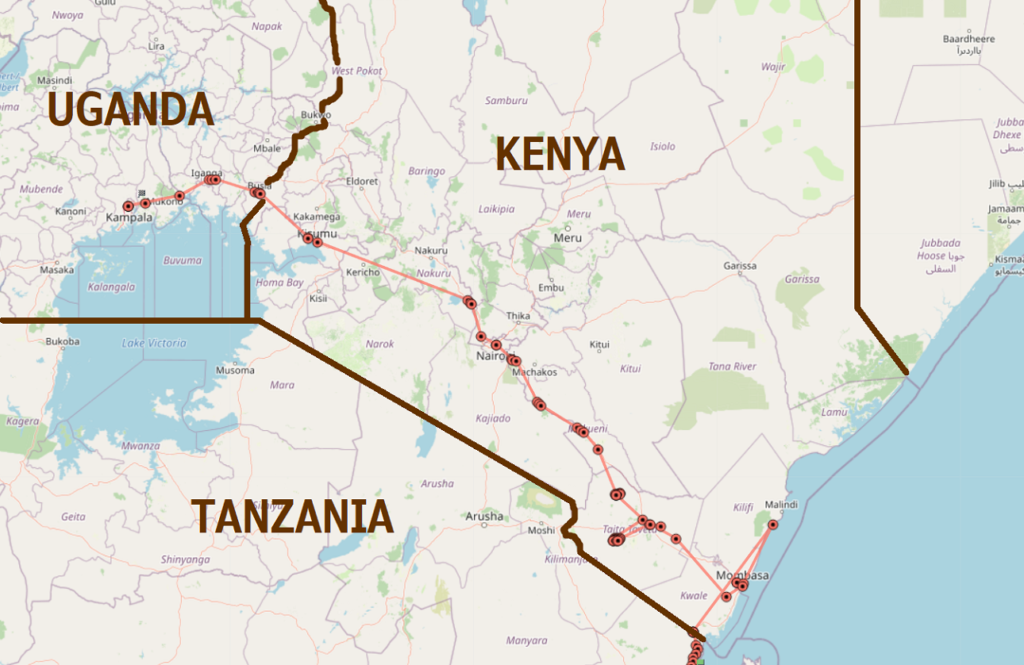
BUSY MOMBASA
We arrived in the busy city centre of Mombasa after a long bus journey from Tanga across the border. Hungry and trying to avoid the persistent taxi drivers, we headed straight to a restaurant/cafe. It took us about 10 minutes to get there and about 9 minutes to shake off all of the drivers. After a good meal and a big coffee (when they say it’s a large cafe latte better believe them – you will get served a half-litre jug!), we wanted to get an Uber to our hotel. So far using Uber (where available) in Kenya and Tanzania was easy so we were in for a surprise in Mombasa. We soon found out that taxi drivers operate on a cash-in – cash-out basis. Therefore, if you want to pay cashless via Uber they often refuse to take you. They just don’t have the liquidity to wait until Uber transfers them the money. Once, a driver just had about enough fuel to take us to our destination. Even a kilometre more would have been tight.
ENJOYING SOME ITALIAN FLAIR
After a night in Mombasa, we took the Matatu to Watamu, a lovely ocean village about 2 hours north of Mombasa. Matatus are the local buses that are often crammed with people, baggage and animals. Luckily, due to COVID-19 the Matatus now have an official passenger limit. Even though you might end up with 1 or 2 people above that limit, it is still much more comfortable than before.
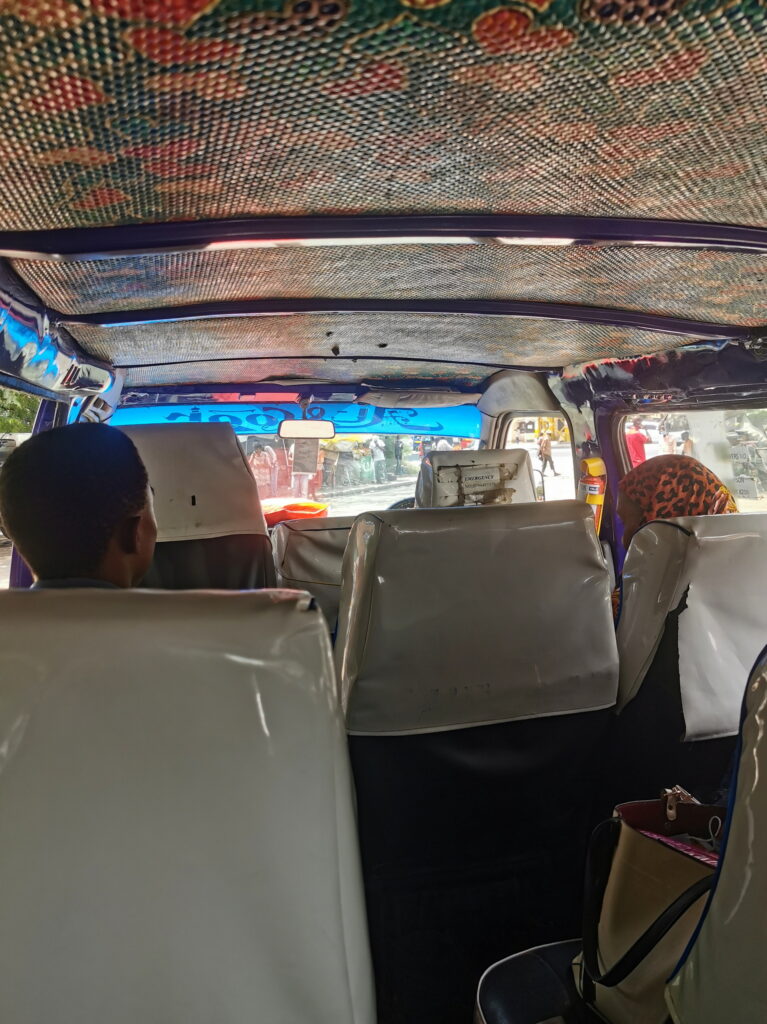
Watamu is known for the many Italian restaurants and normally attracts a good amount of Italian tourists. However, tourism was still going slow so we encountered mainly local tourists or ex-pats. We enjoyed a lot of delicious pizzas, pasta and coffees and just relaxed for a few days. I gave diving one more try but even doing the exercises in the swimming pool was too much for my ears. So Thierry went on an amazing diving trip without me but I was so thrilled for him when he came back and told me with a sparkle in his eyes what he had seen (even a shark!).
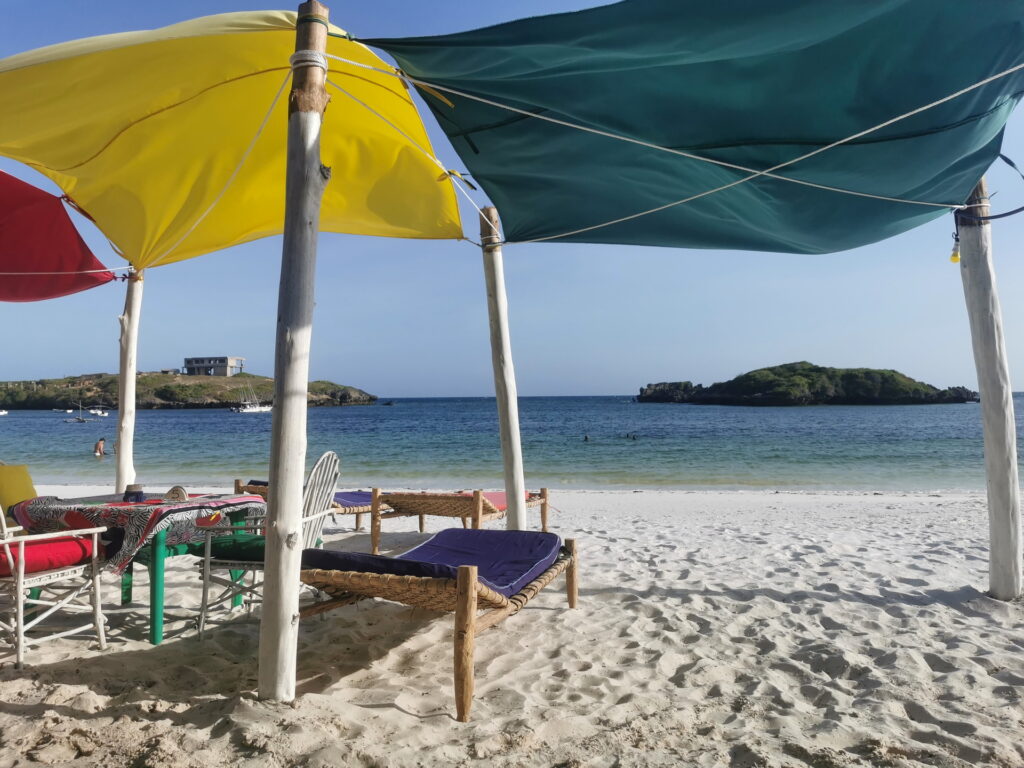
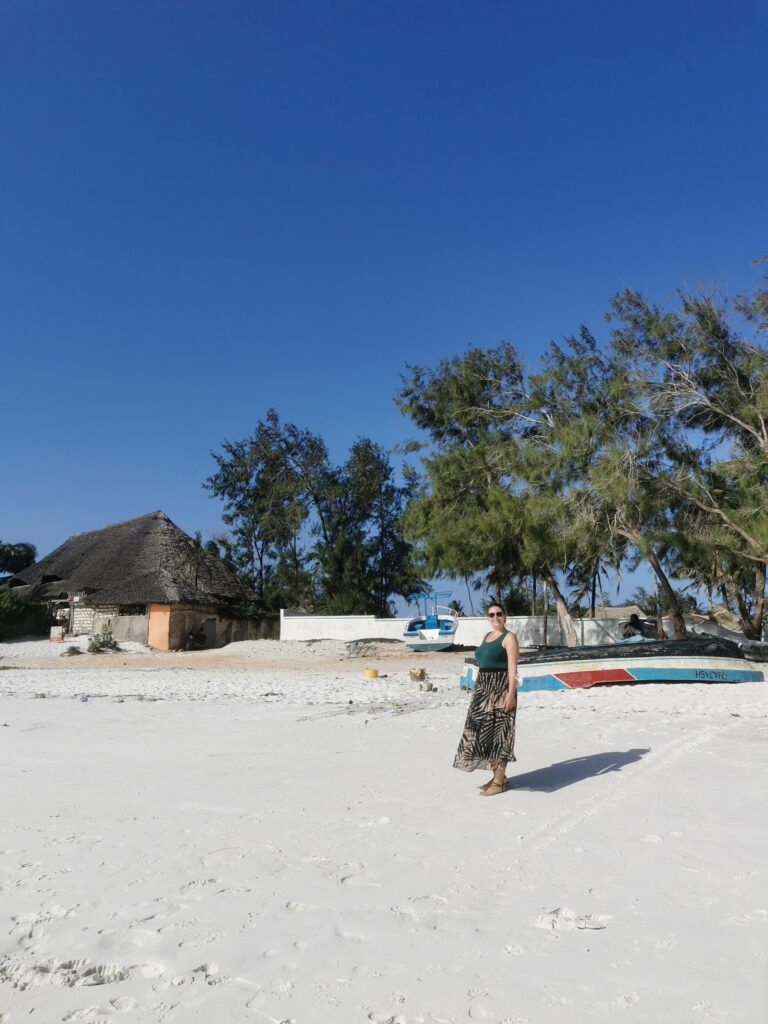

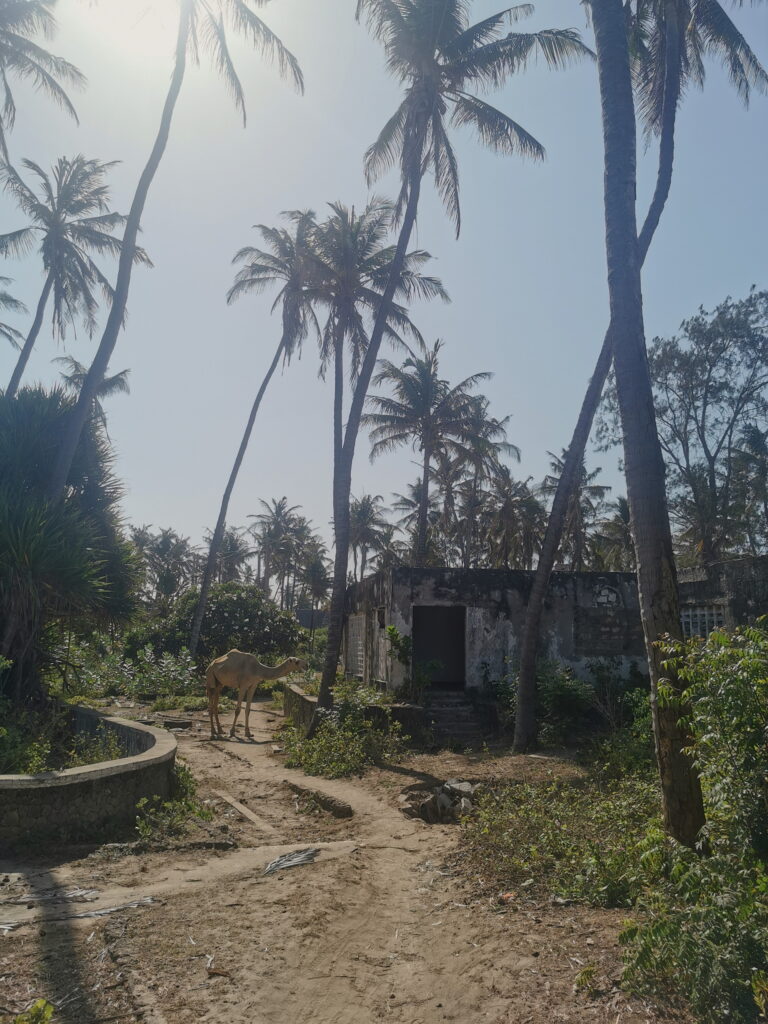
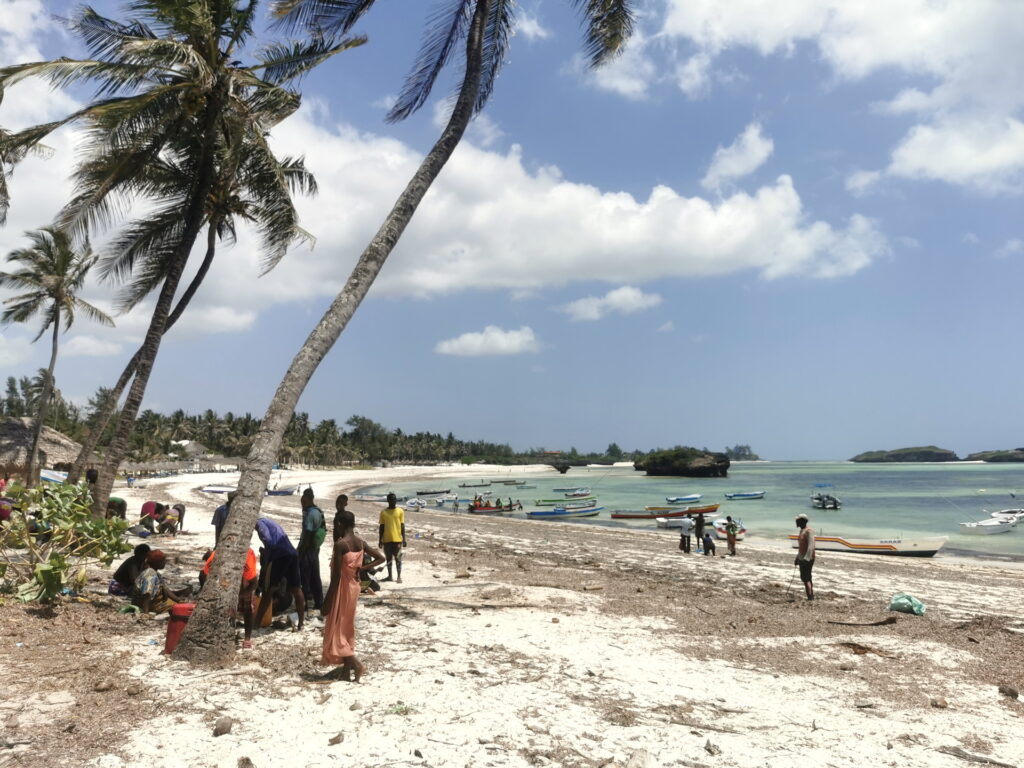
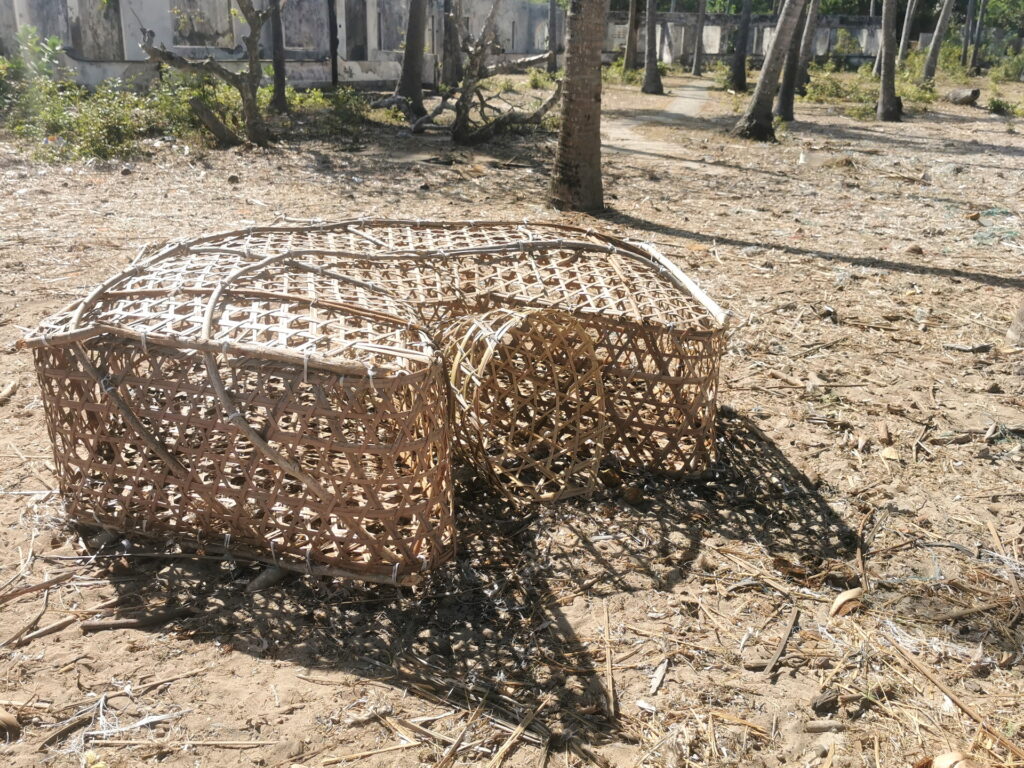
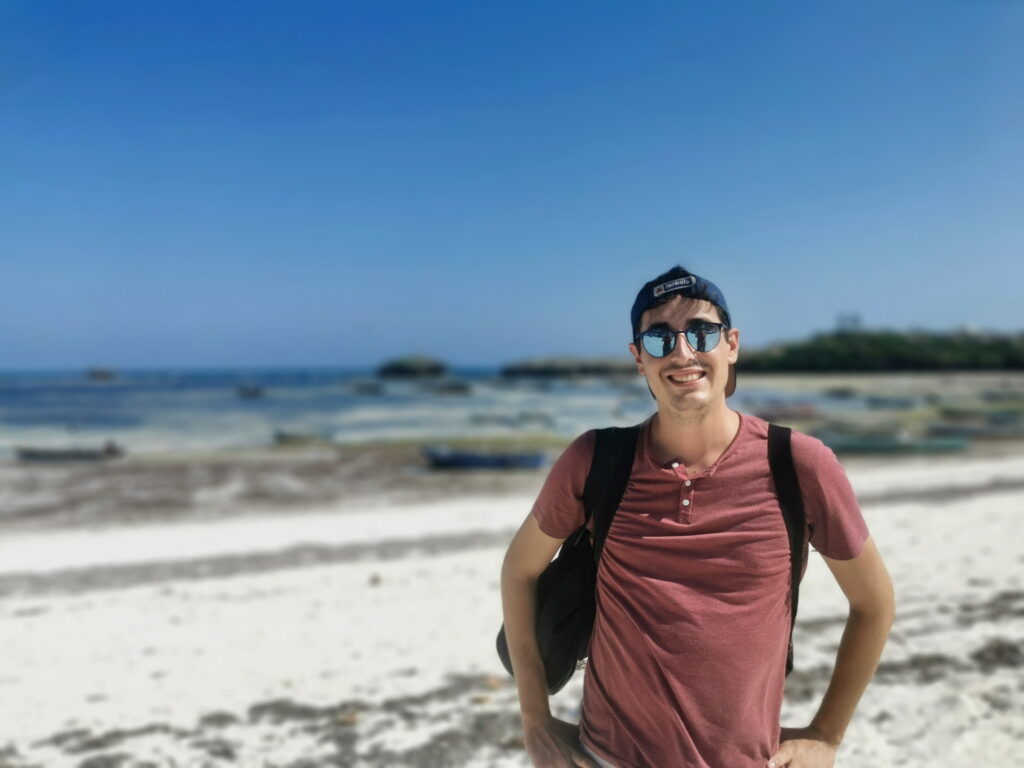
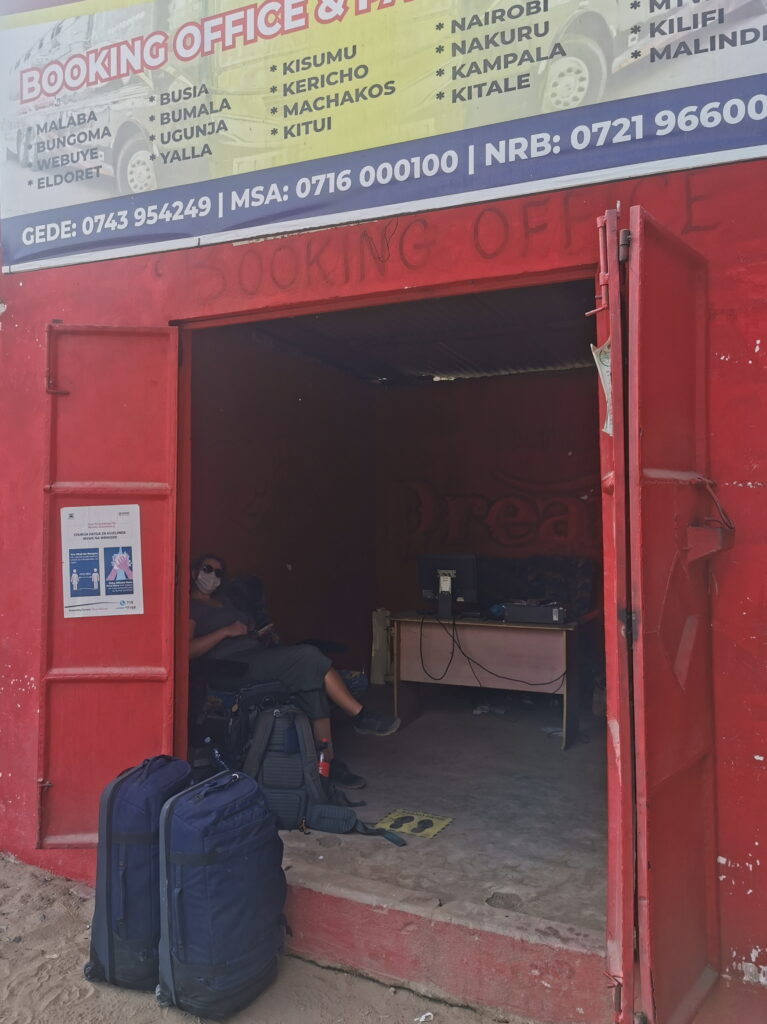
After six days, we took a Matatu back to Mombasa, visited Fort Jesus and took a taxi to the airport the following day to meet with Thierry’s parents.
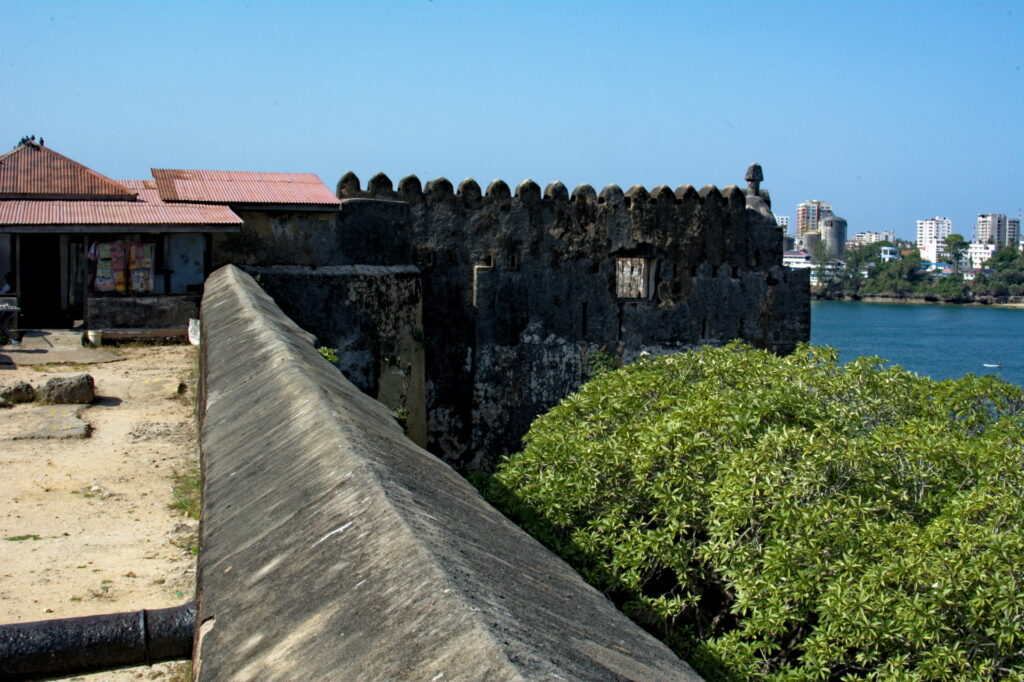
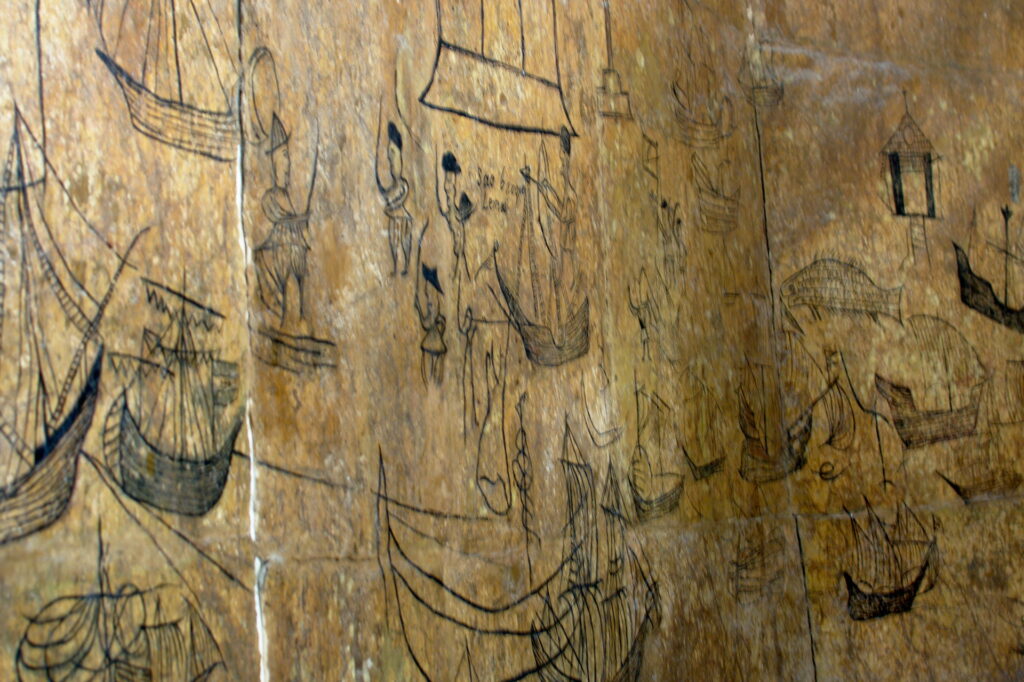
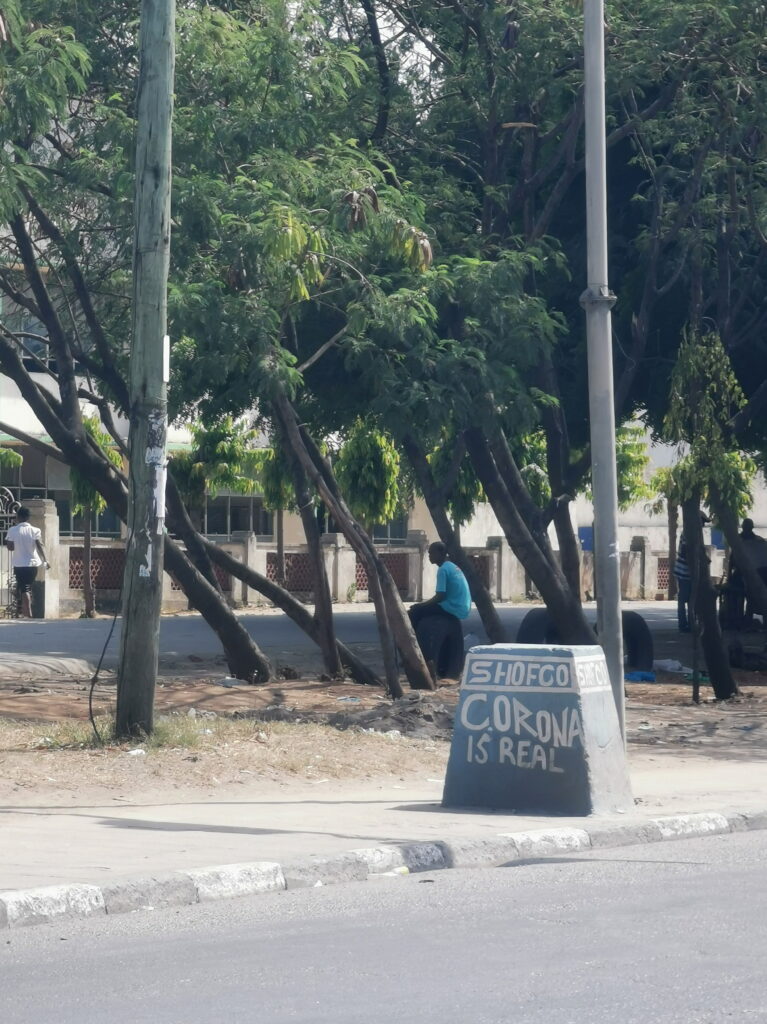
BEACH, AFTERNOON TEA AND MONKEYS IN DIANI
The first four nights of our joined holidays were spent in a lovely resort in Diani Beach. The food was better than expected (what can’t be said about the entertainment show, which were more on the kitsch-side of things), it was right at the beach and so we went back and forth between pool, restaurant, beach and pool lounge. The resort was close to the forest and very green itself. Heaven for monkeys! We saw Angolan black-and-white Colobus, Sykes monkeys and baboons. The Sykes monkeys were especially sneaky and snatched the oranges and lemons from drinks, sugar from the table and my afternoon tea cakes.
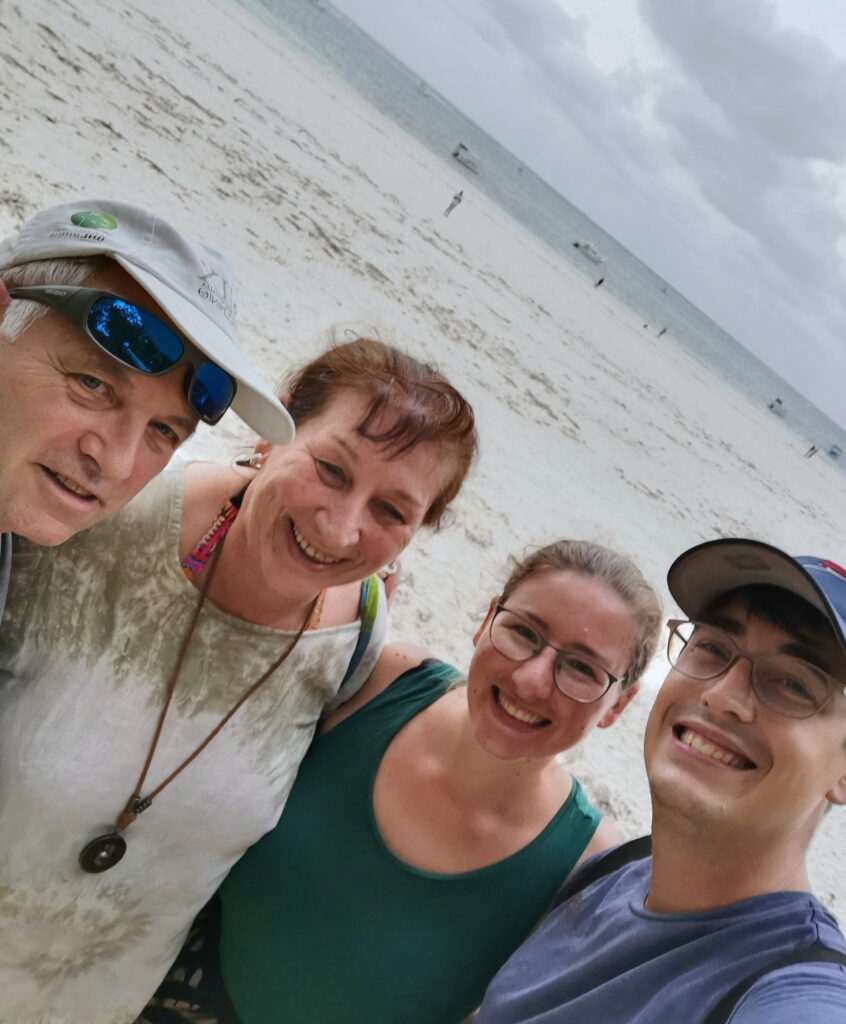
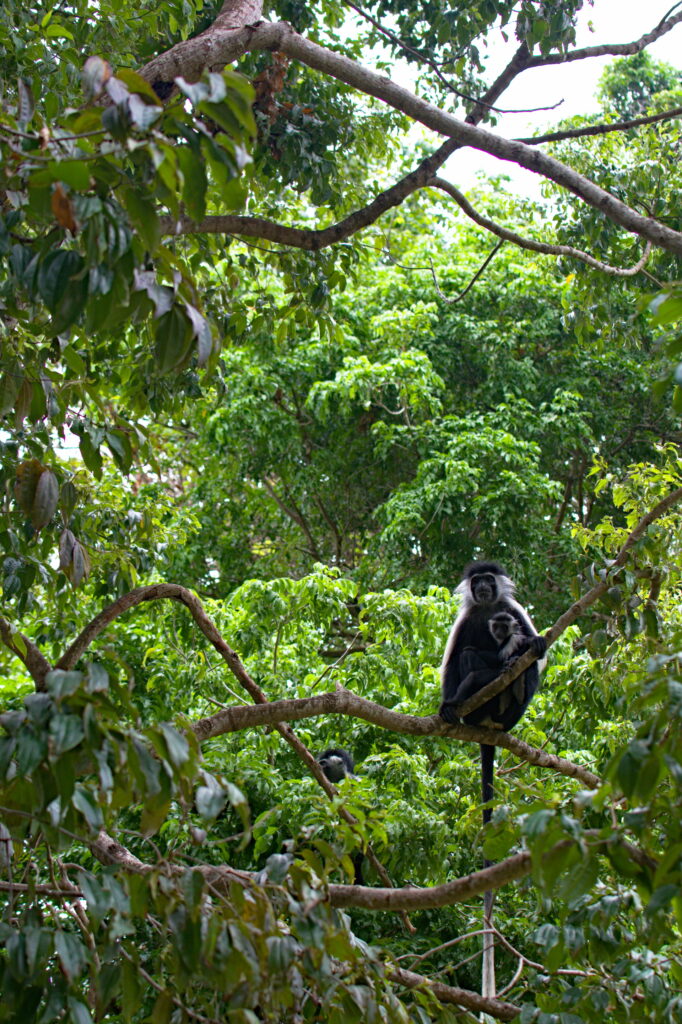
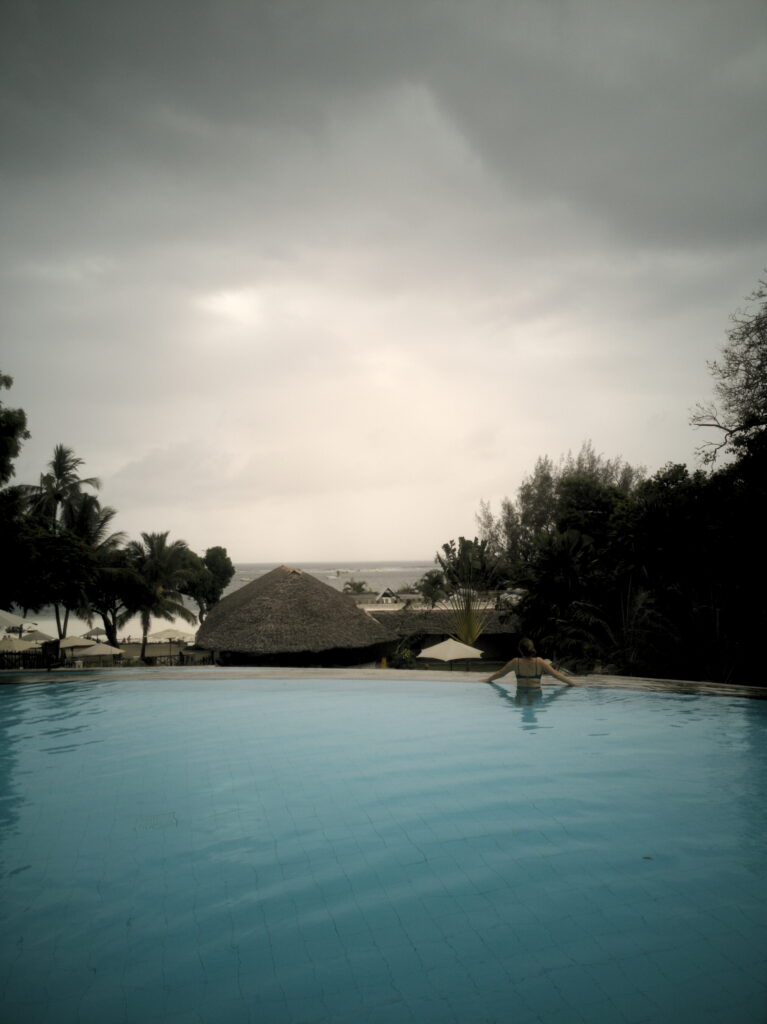
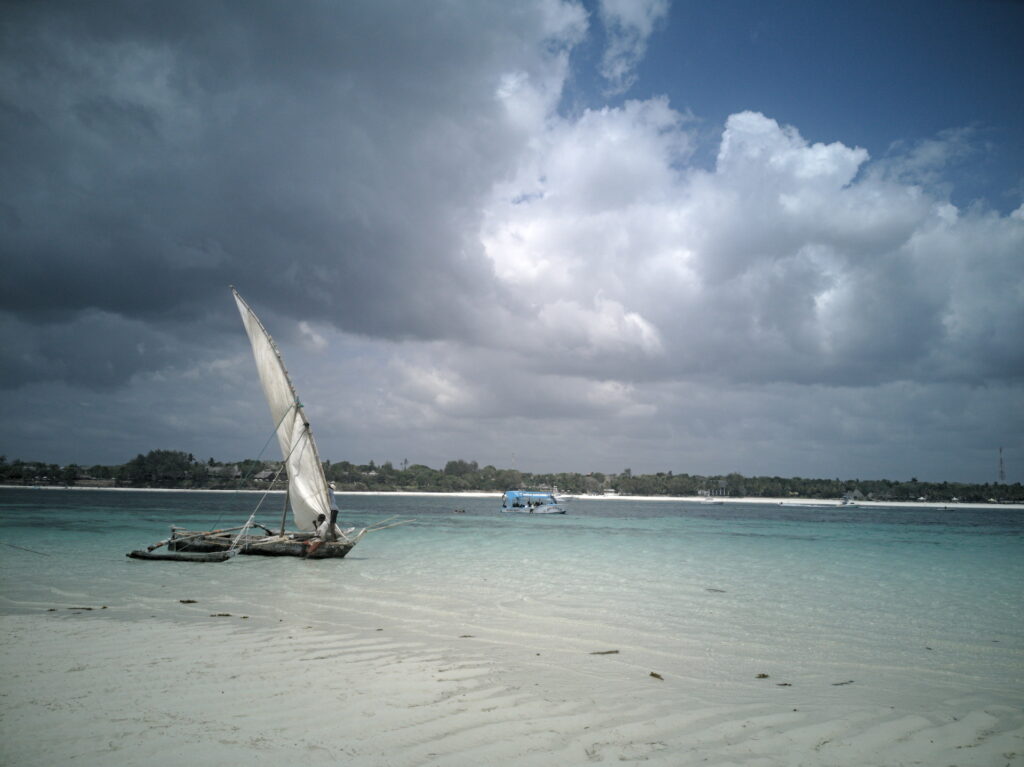
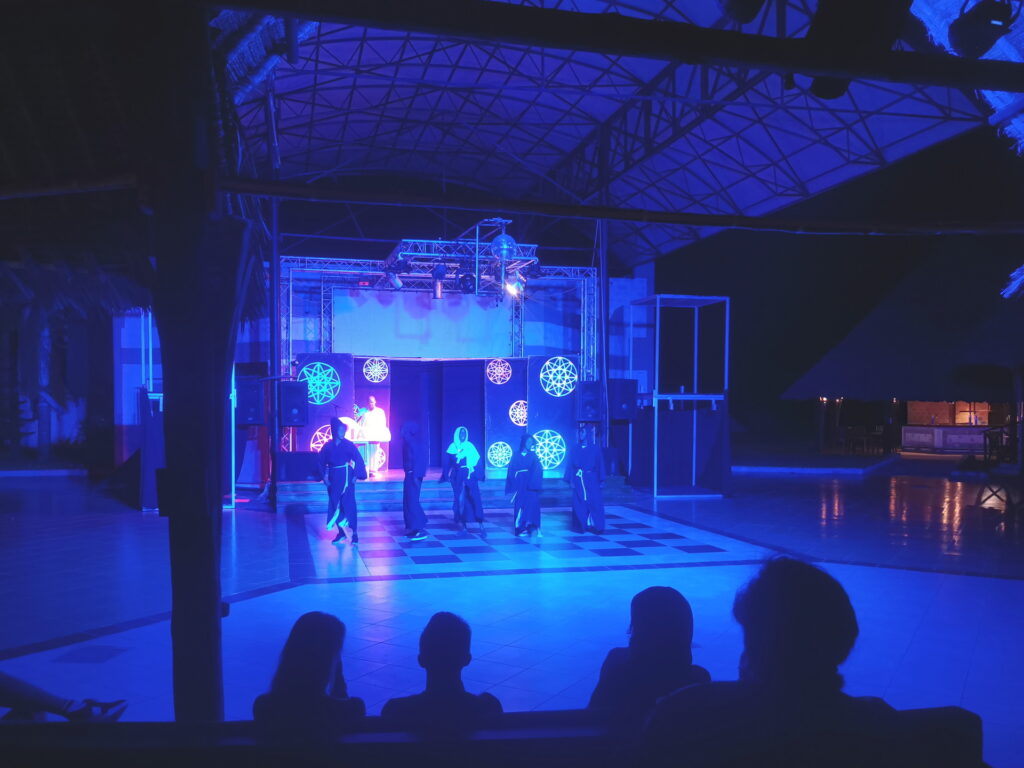
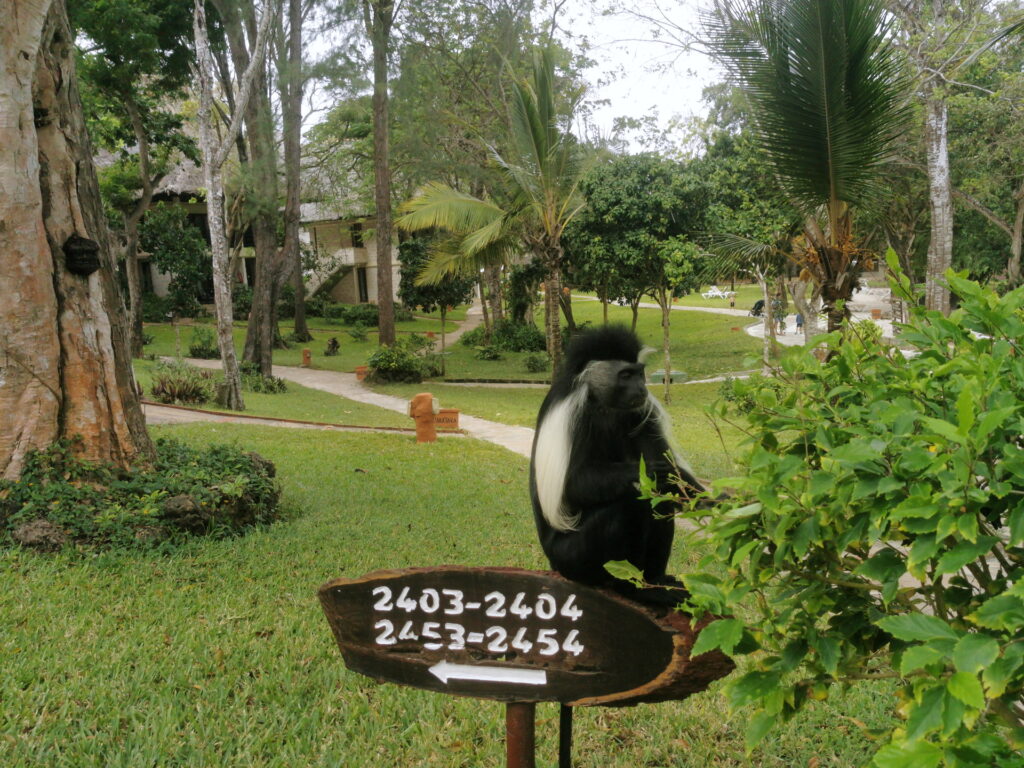
TIME FOR SAFARI ONCE MORE
Next on the agenda was a four-day safari trip to Tsavo East, Taita Hills and Tsavo West. It was just the four of us which made the organizational part so much better than what we experienced before: no waiting for others to join us, no leaving early because others had to catch a bus and a lot of space in the jeep.
The first stop, after a bumpy ride and a flat tire, was the Tsavo East National Park where we stayed in the Aruba Lodge inside the park. The lodge is located next to a waterhole visited frequently by waterbucks and impalas. The park was ideal for spotting animals because of the short grass and the gentle hills. Our highlights included the “red” elephants (due to the red sand that they love to throw over themselves), rock hyraxes and lions.
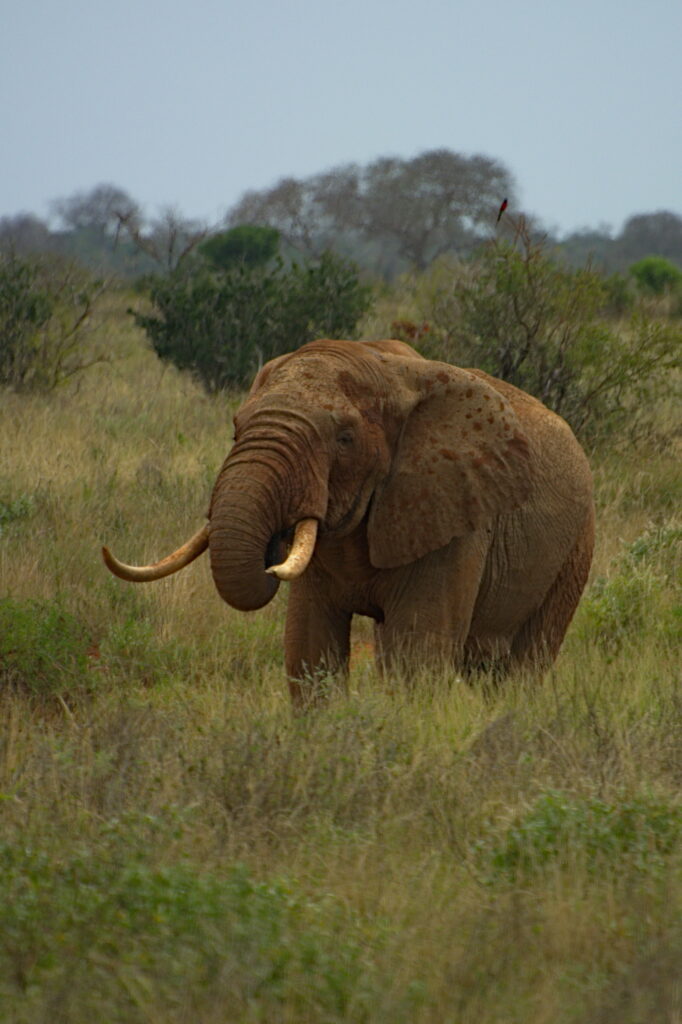

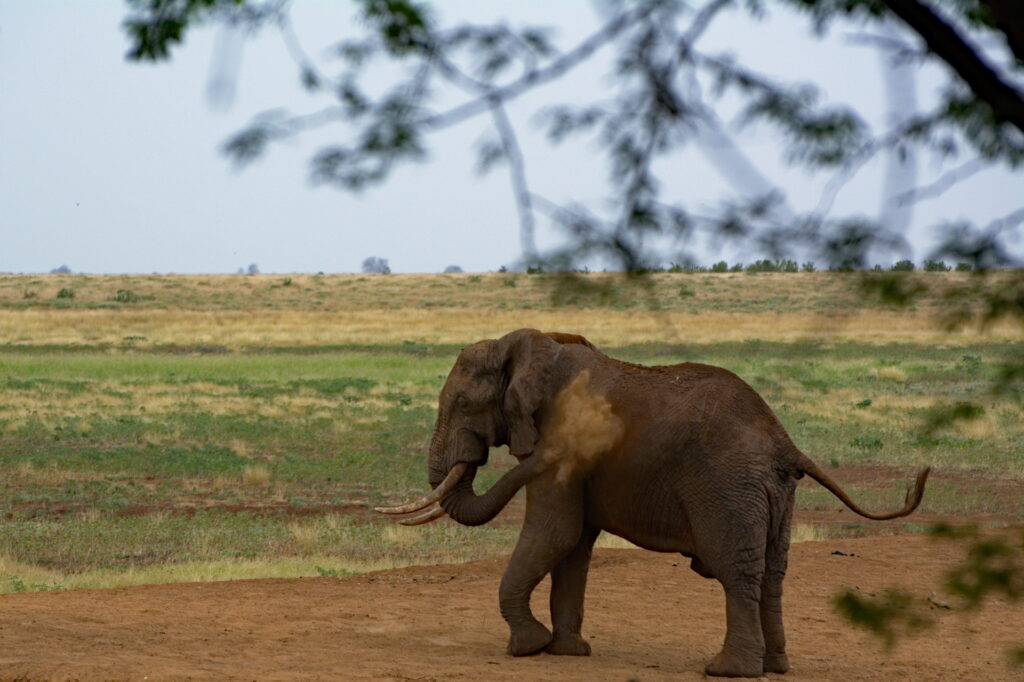
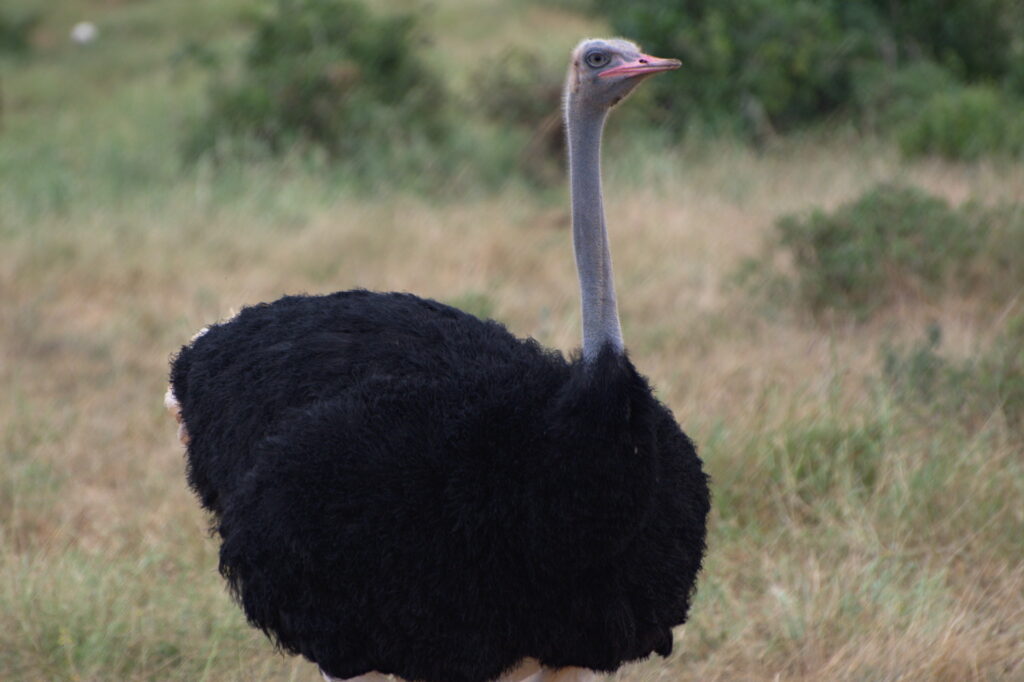
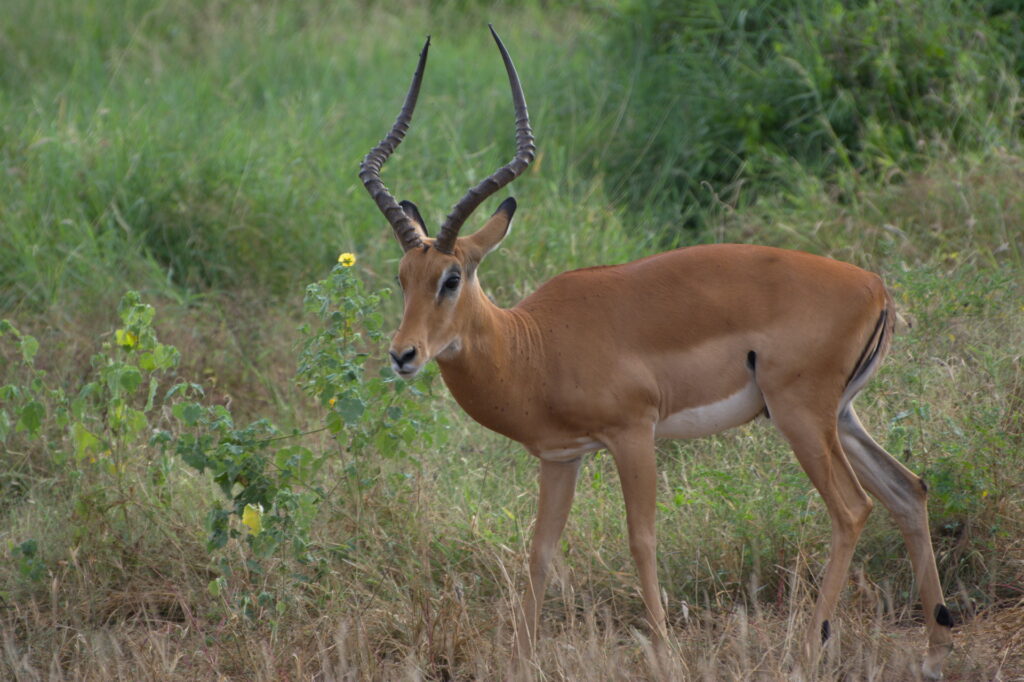
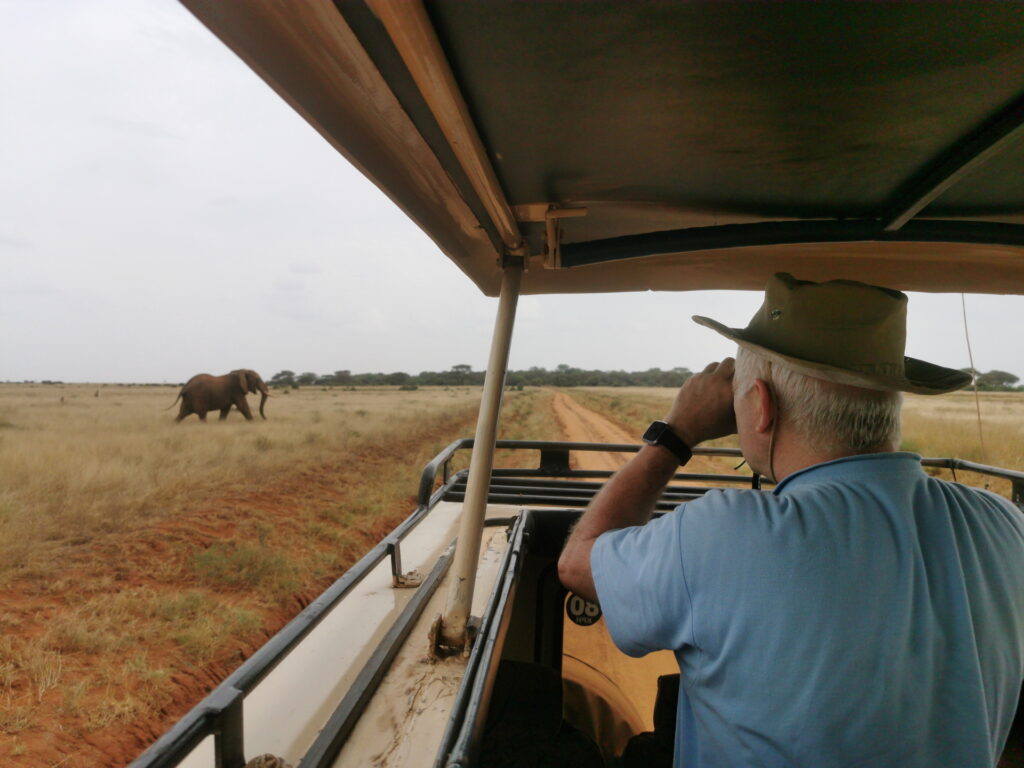
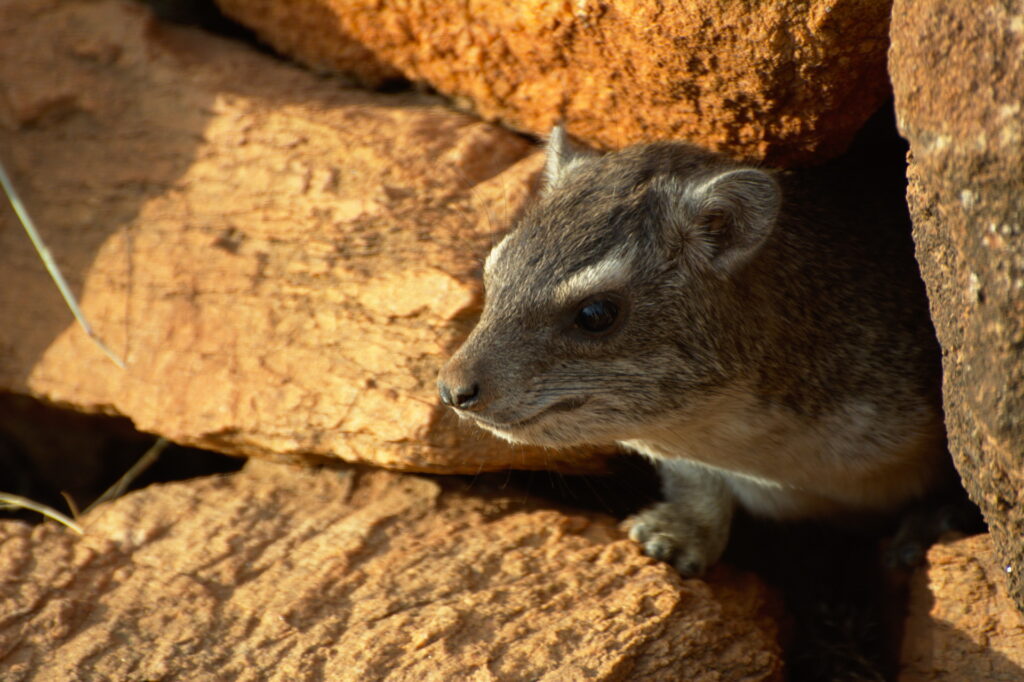
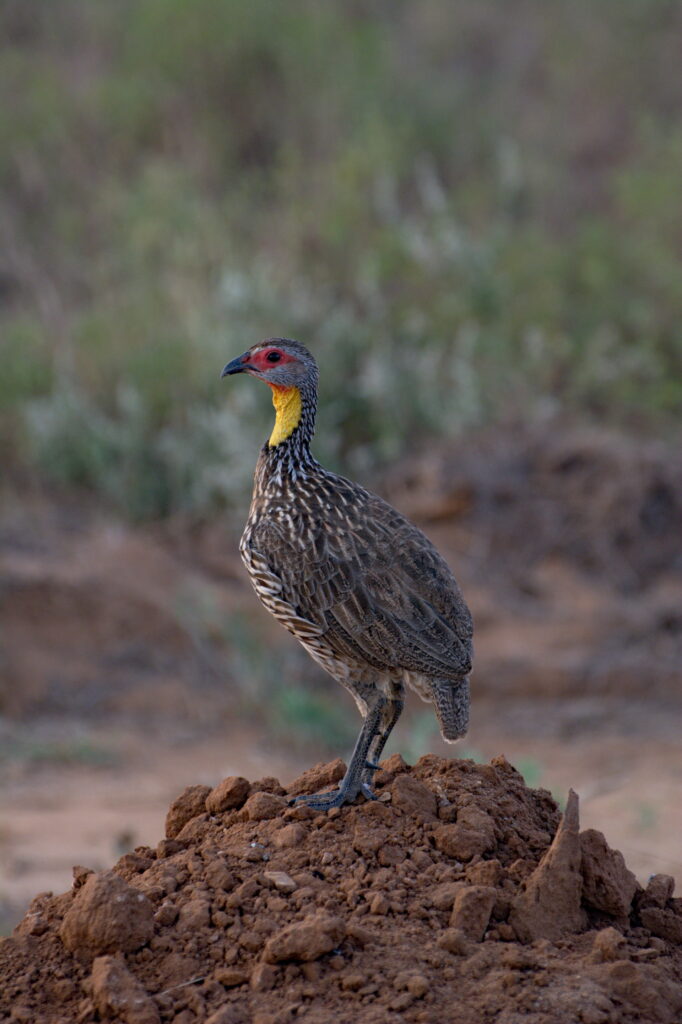
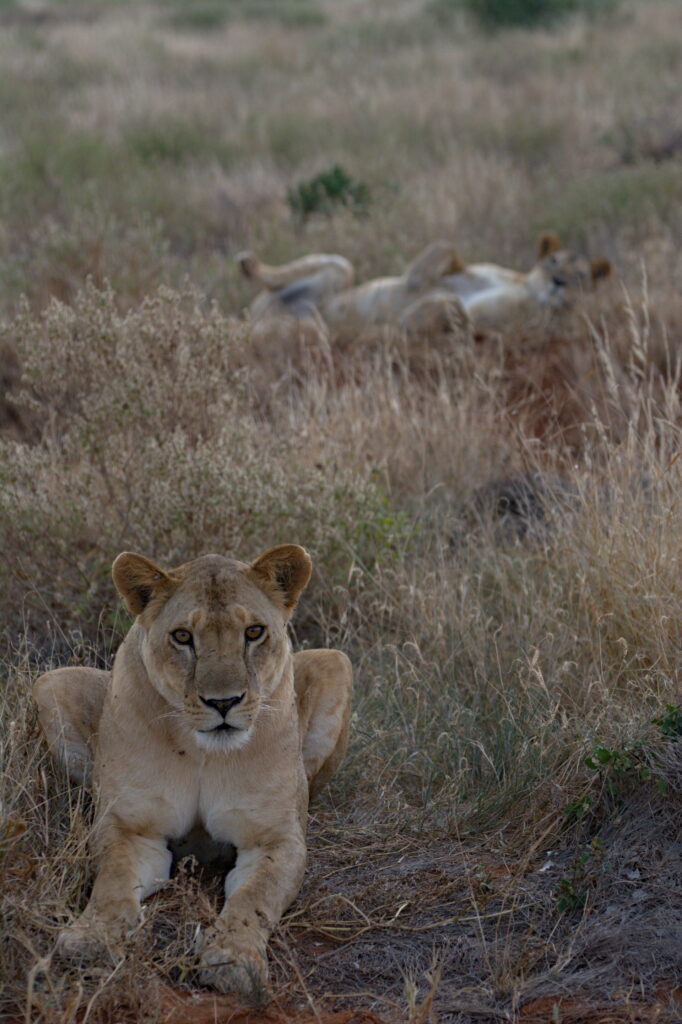
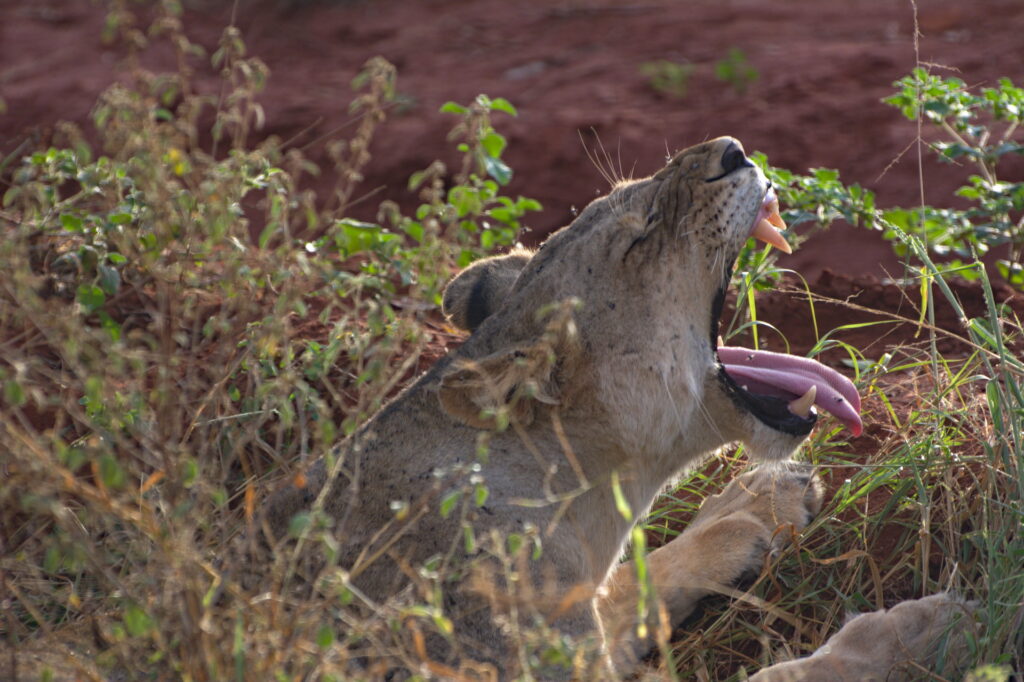
On our second day, we started early with a morning drive before returning for breakfast. A group of baboons were having breakfast as well – we had to look twice before realizing that they actually hunted a baby impala whilst the mother was standing besides mourning for her loss.
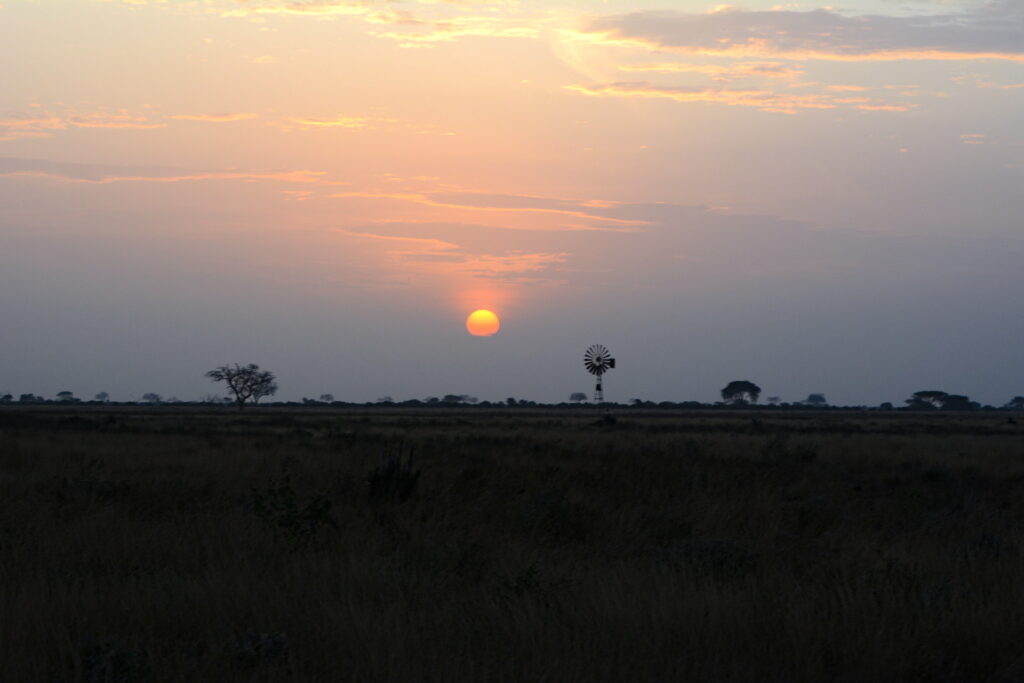
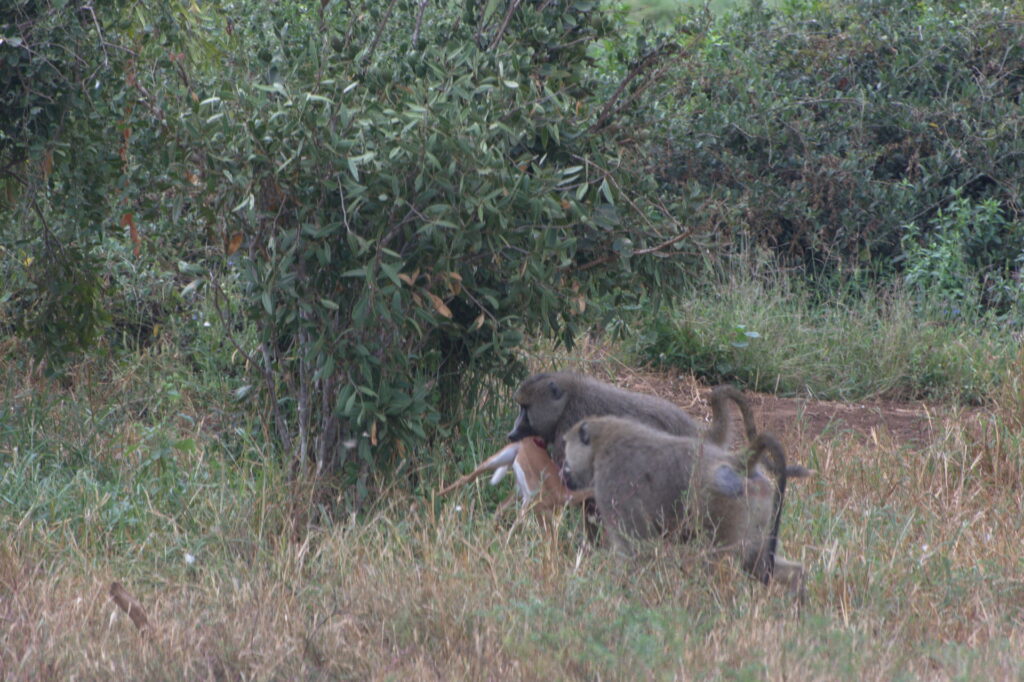
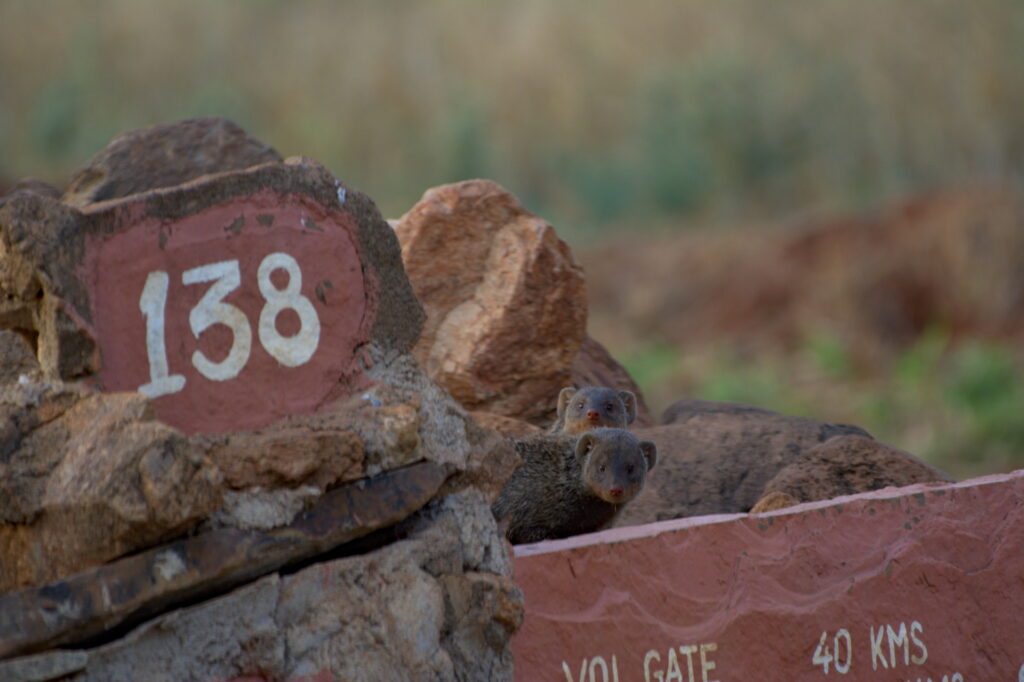
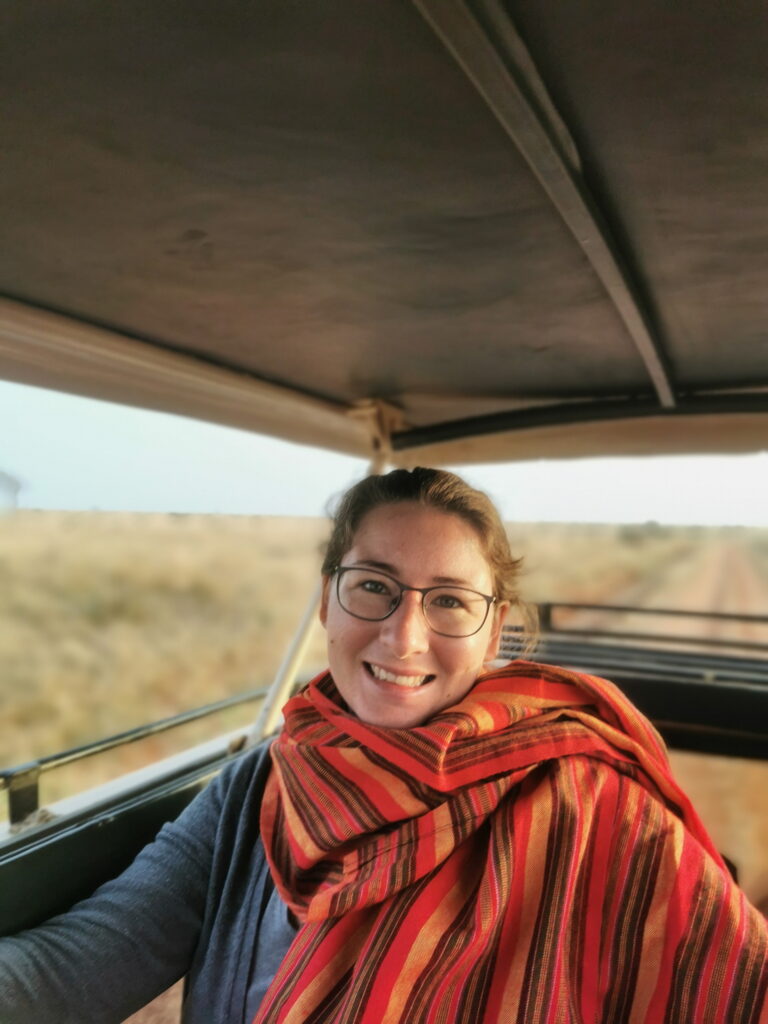
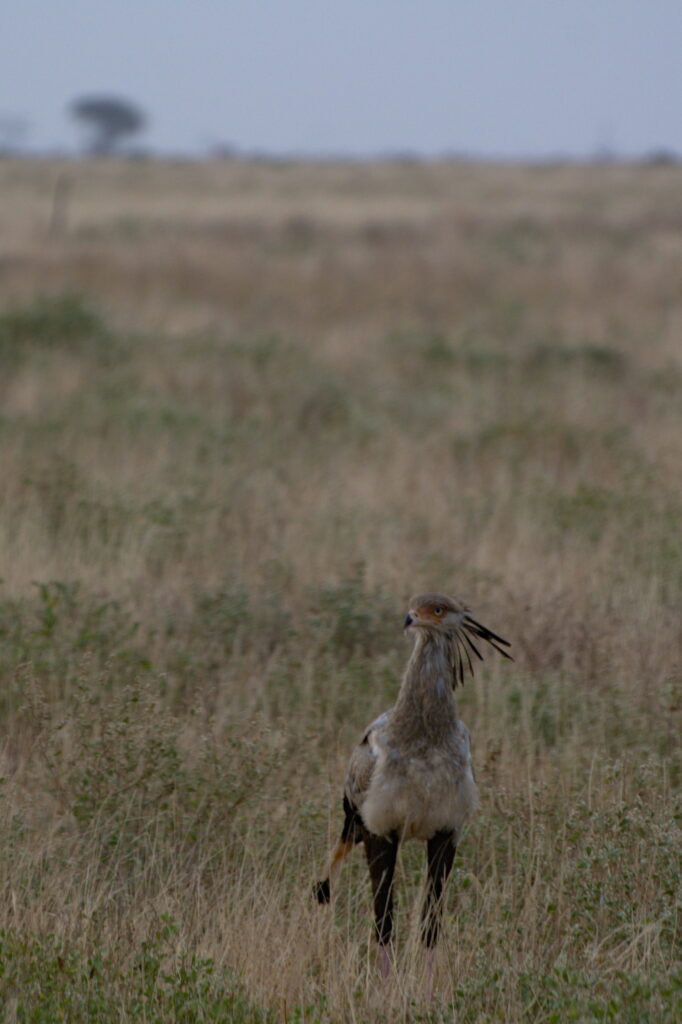
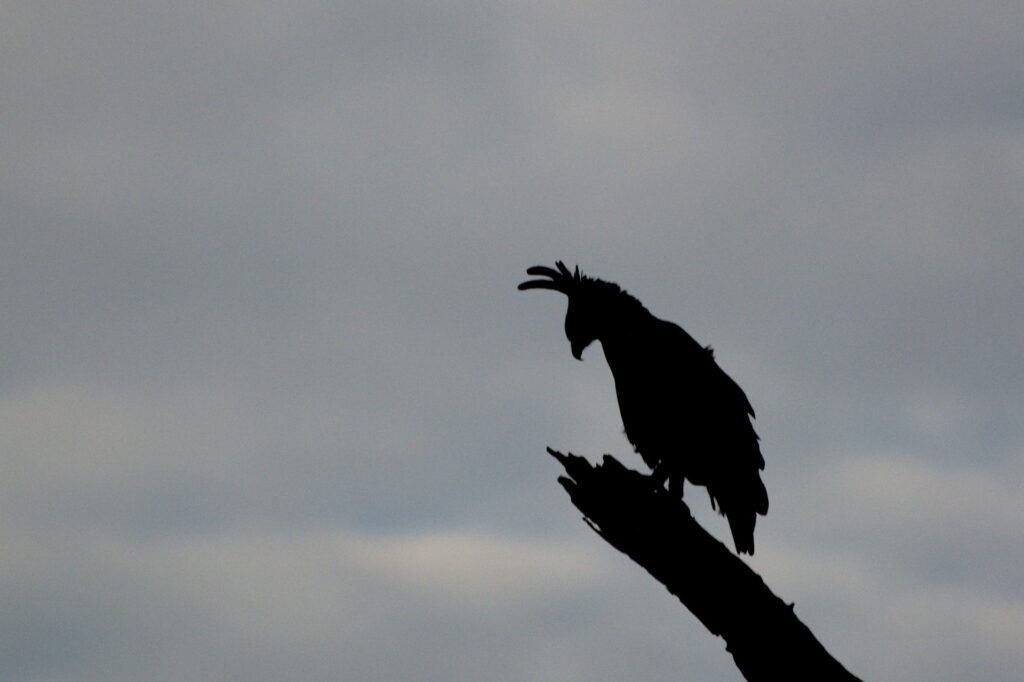
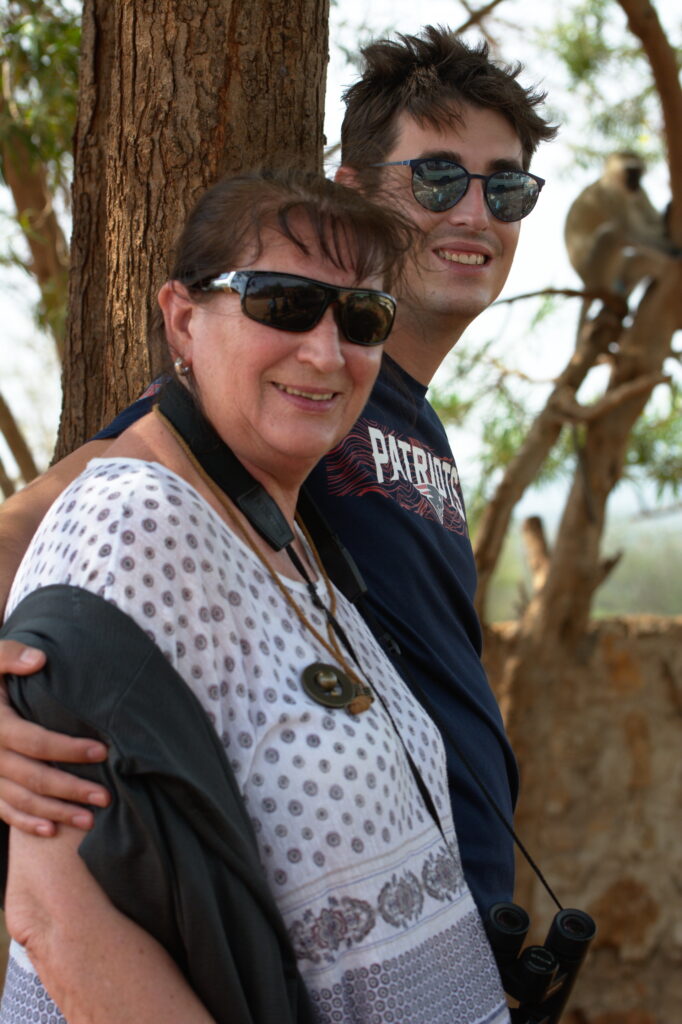
Afterwards, we drove to Taita Hills, a sanctuary located close by. We stayed at the Saltlick Lodge which consists of several towers connected with high bridges. Quite funny to look at but a debatable aesthetics. This lodge had its own waterhole as well and we enjoyed watching the baboon family and waterbucks. At nightfall, two elephants came drinking at the small pond right next to the hotel lobby!

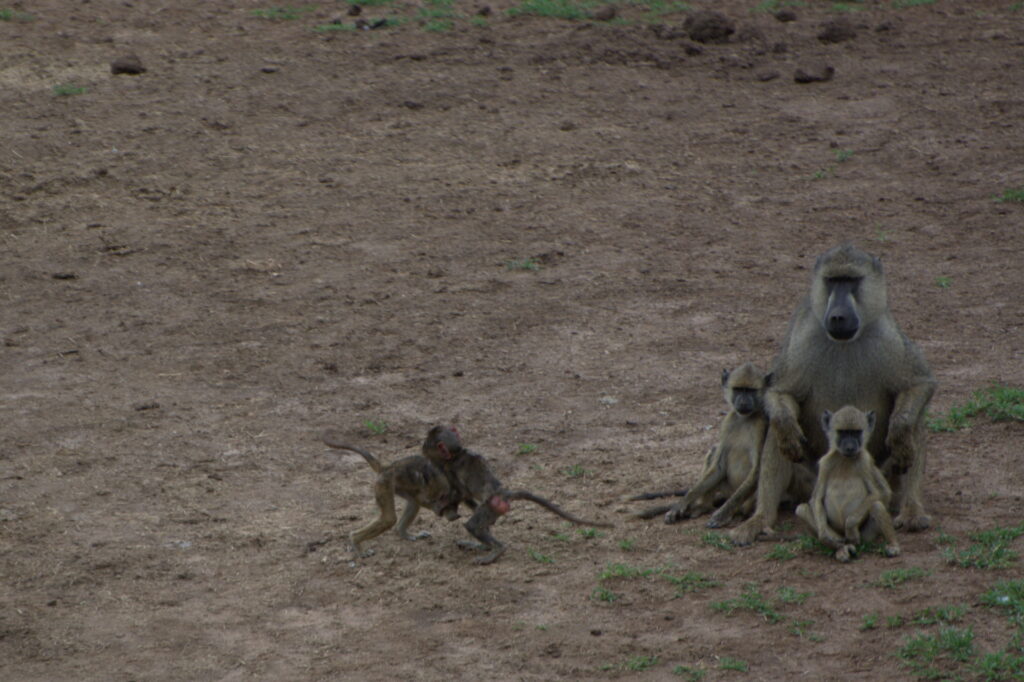
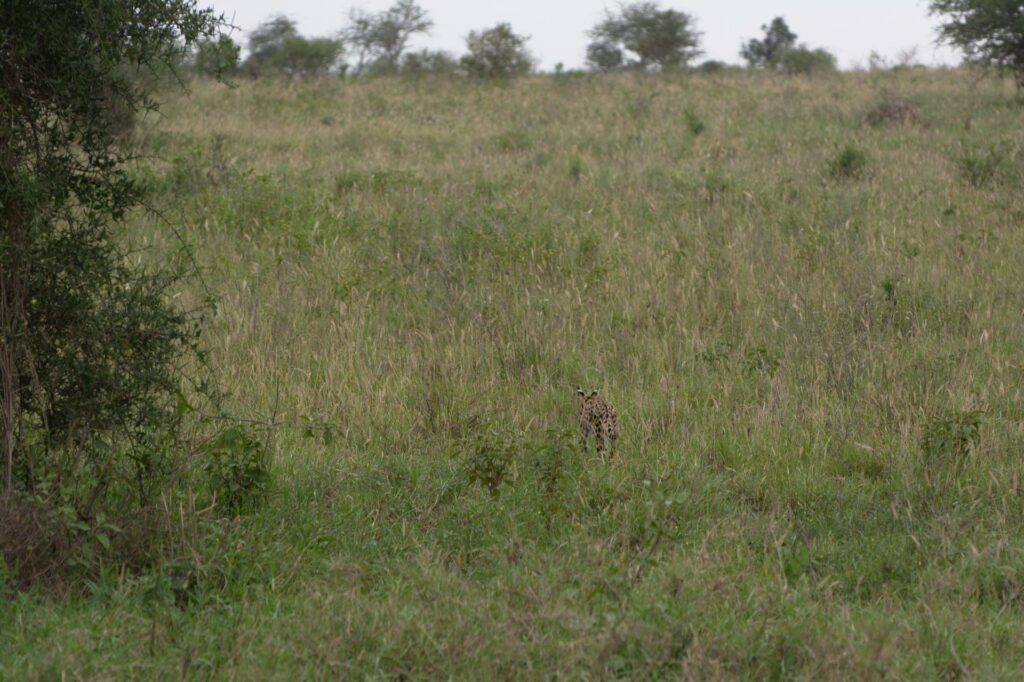
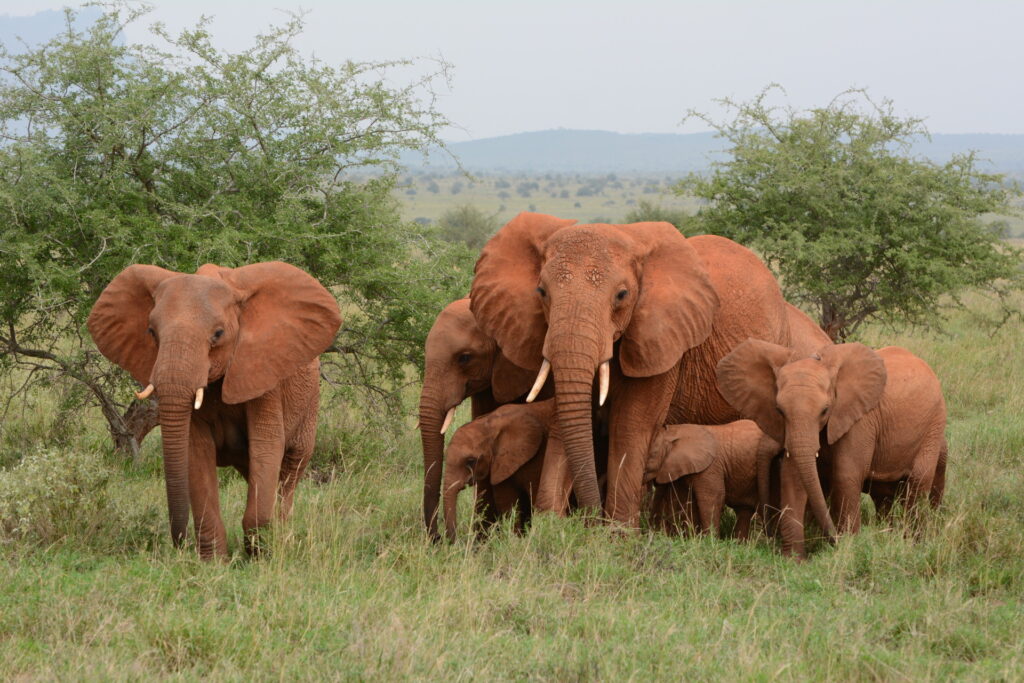
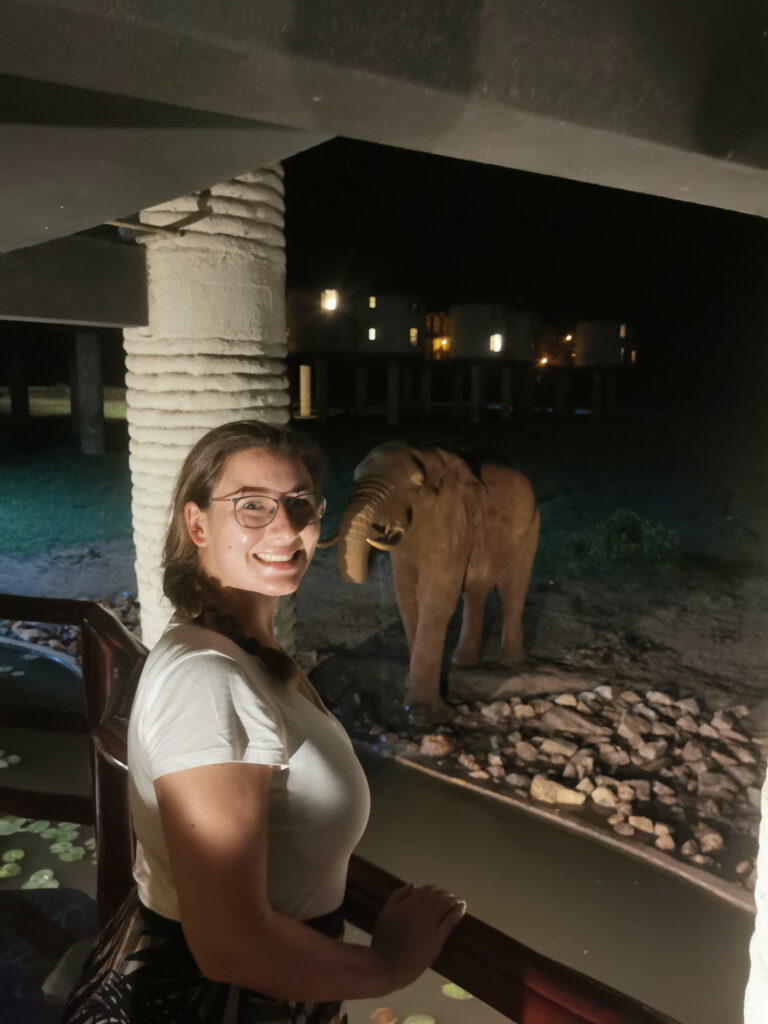
On our third safari day, we travelled onwards to Tsavo West after another early morning game drive in Taita Hills. Tsavo West has a much different landscape: more hills and thick bush. Therefore, we found fewer animals and the bush was a favourite home for the Tsetse-fly. There is a Rhino sanctuary within the national park but despite looking very intense we couldn’t spot them. The Ngulia Lodge is located on top of a hill with beautiful views. At dawn, they put out some bait and it only took about 10 minutes until the first leopard showed up.

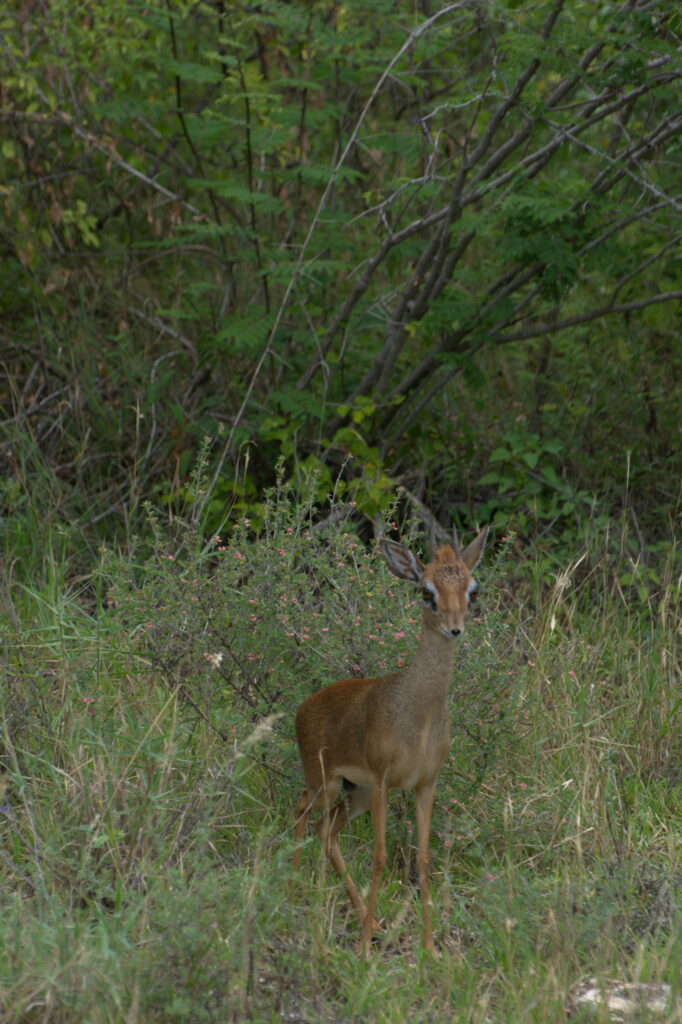
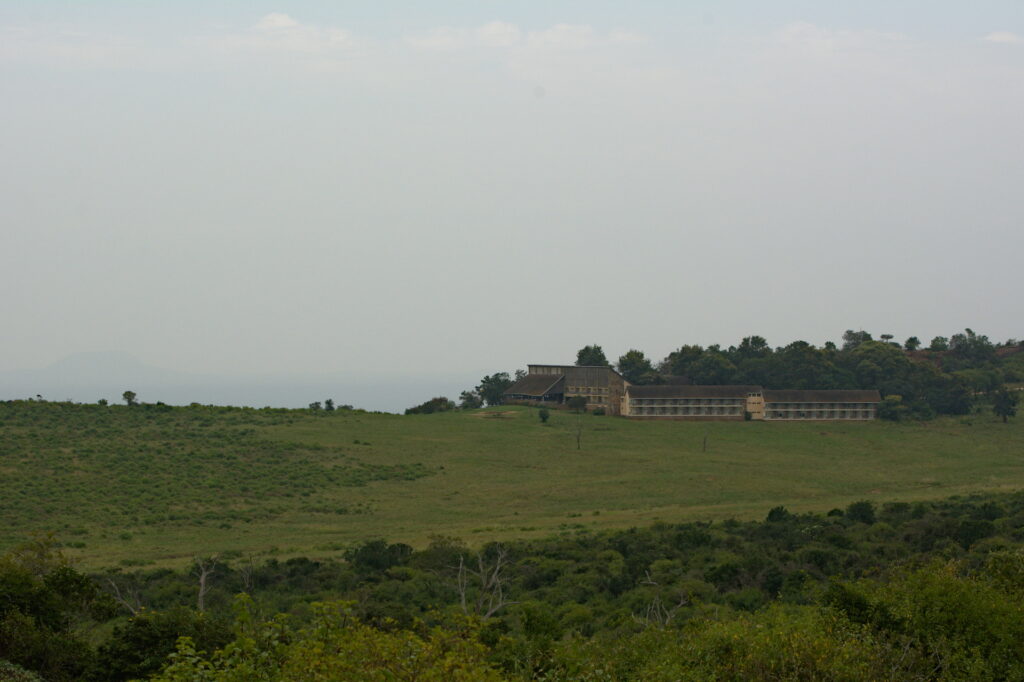
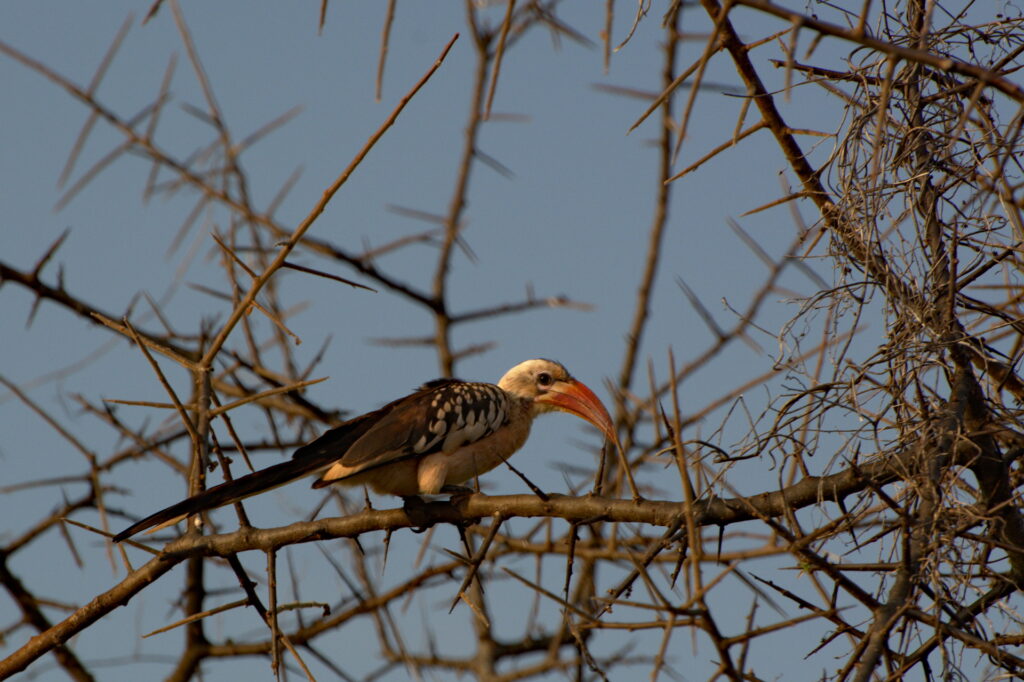
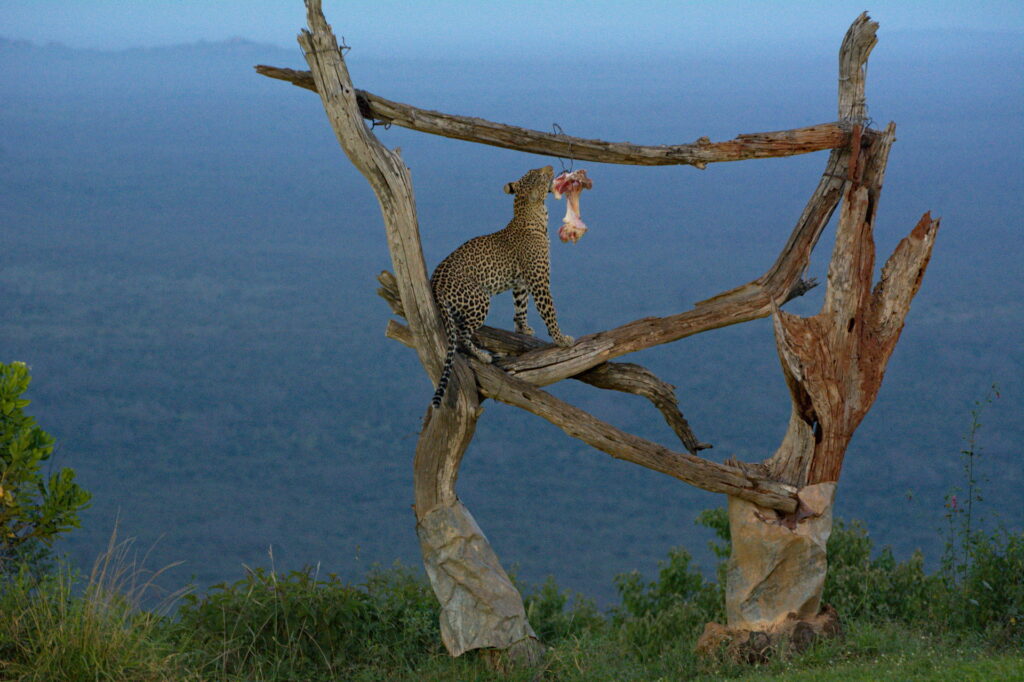
The fourth day was mainly driving back to Nairobi – a long distance on a chaotic road. We ended the day with a drink in the rooftop bar and a nice dinner.
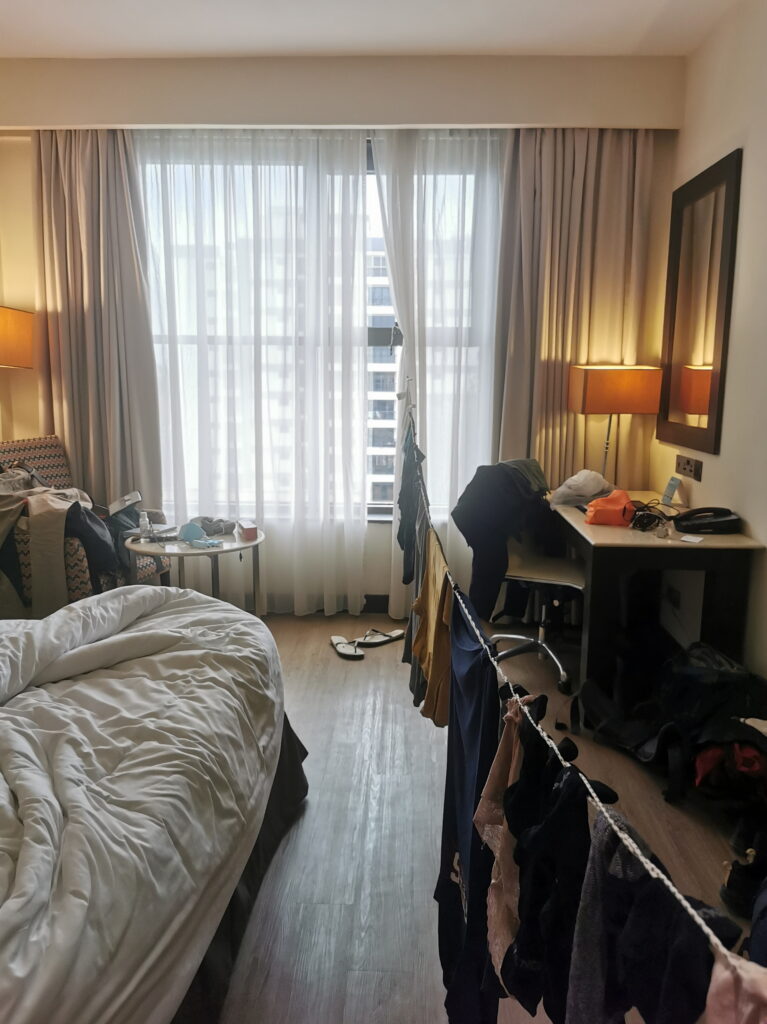
It was time to say goodbye to Thierry’s parents because they went to another safari in Masai Mara that we’ve already visited and we stayed in Nairobi for another night.

PLANNING WHERE TO TRAVEL NEXT
Being back in Nairobi, it was time to decide on our next destination. For a while, we thought about Ivory Coast because it would be a good stopover before heading to Senegal. Upon further research, we discovered that Senegal remains closed for all Europeans – some kind of payback because Senegal was on a banned list for Europeans last year. So we started looking for alternatives. Eventually, we learnt that Jordan has reopened for tourists and that there is a reasonably priced flight from Uganda to Amman. So we only had to figure out how to get from Nairobi to Uganda.
TEA, ANYONE?
The easiest, although not the fastest or most comfortable way is on land using buses and matatus. We decided to make breaks on the way in Kericho and Kisumu. The area around Kericho is known for its tea plantations and boy, it is beautiful!
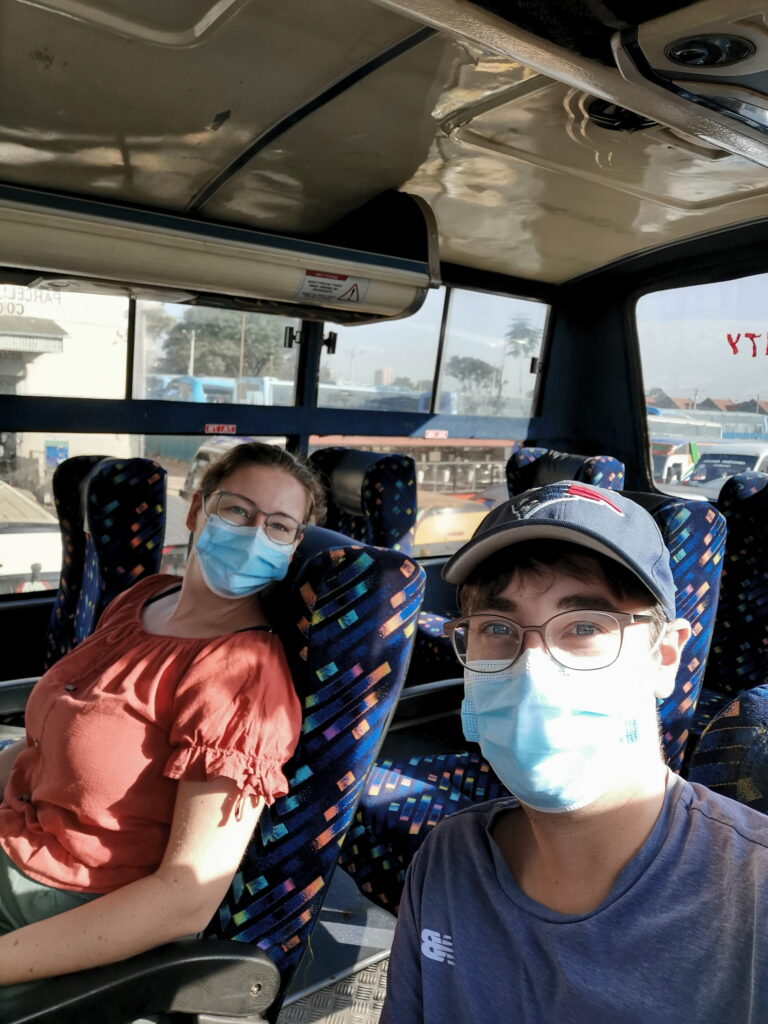
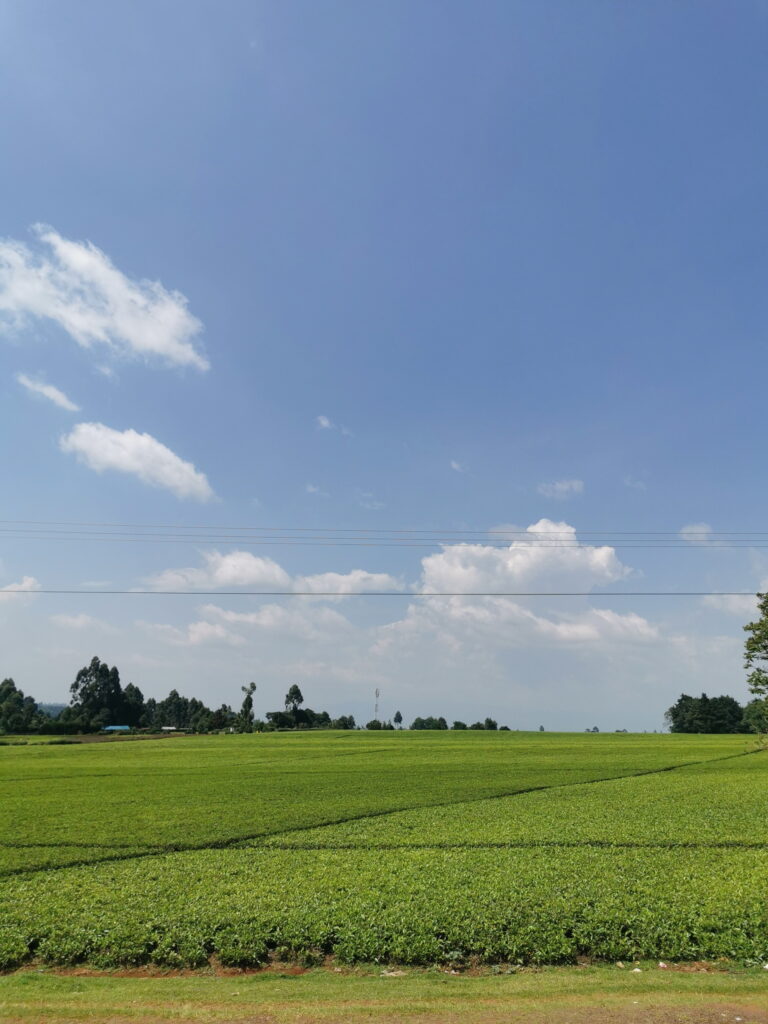

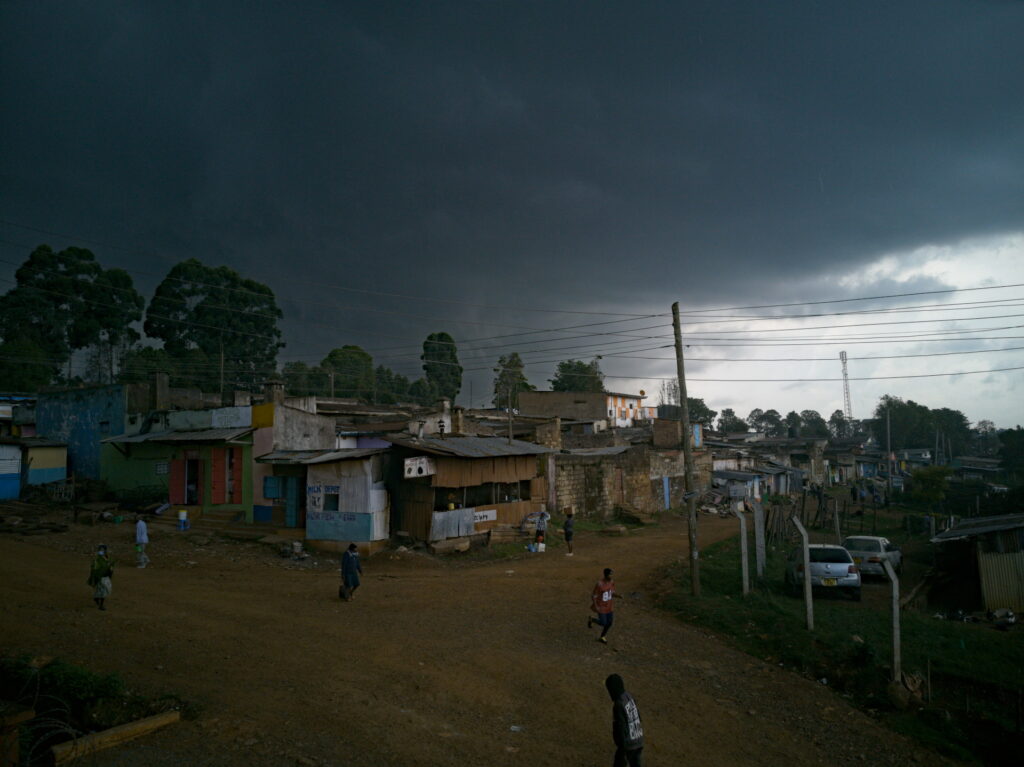

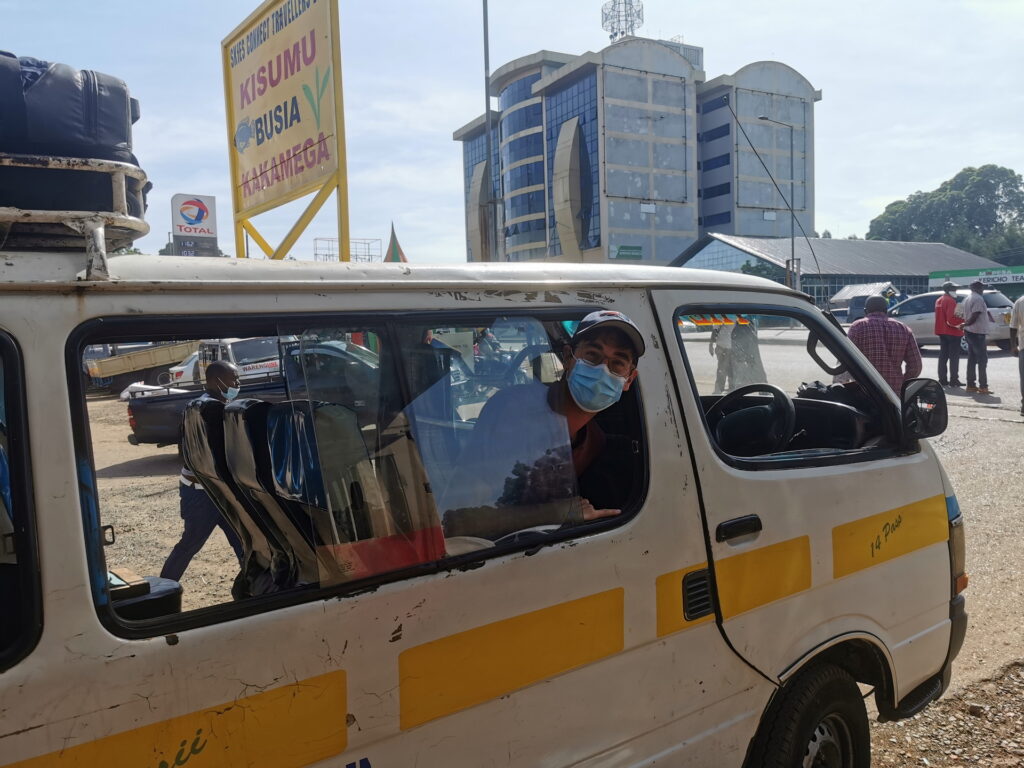
Kisumu is a bit more urban and the perfect hub to tackle the border crossing to Uganda. The options were a bit limited in times of Corona but we finally found a bus company that still operated the transnational route to Kampala. We did the obligatory PCR test back in Kericho (this time really fast and uncomplicated) and were ready to say goodbye to Kenya – unlike another traveller who thought he could manage without a PCR test and wasn’t even allowed on the bus.
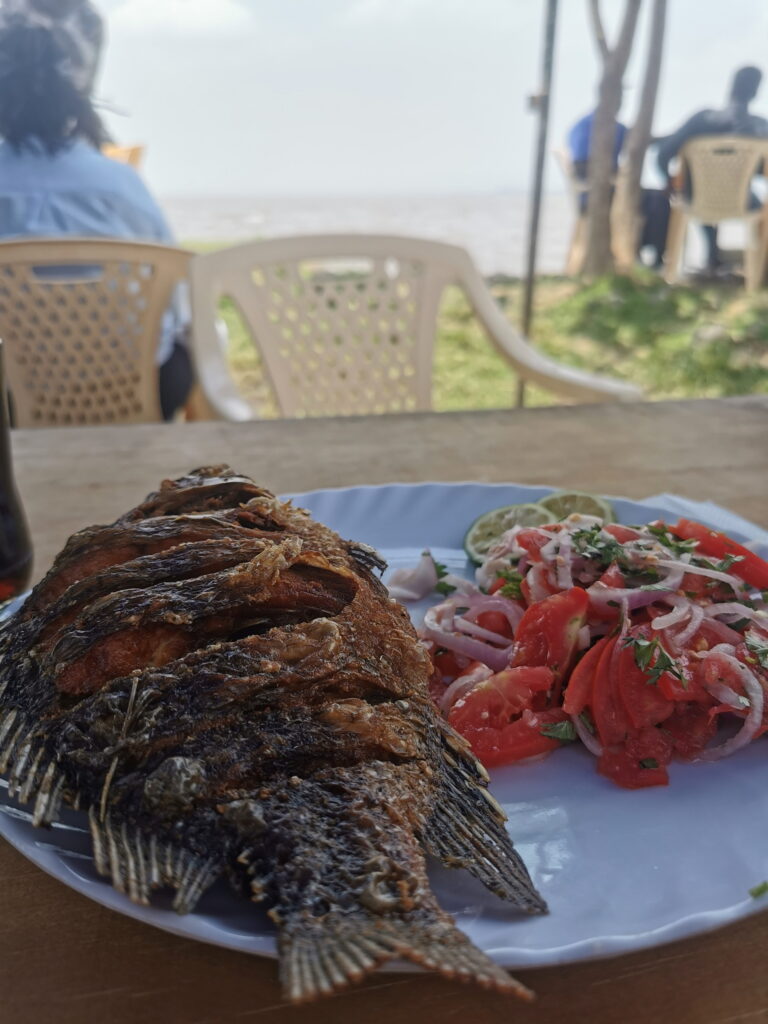
CONCLUSION
This time we’ve had more variety in Kenya: beaches, urban life, a bit of culture, nature and of course wildlife. We are glad that we got to spend a bit more time in this country. Coming back from Tanzania, we felt much more safe travelling in regards to Coronavirus. Kenya has been a delight and we really recommend visiting!
